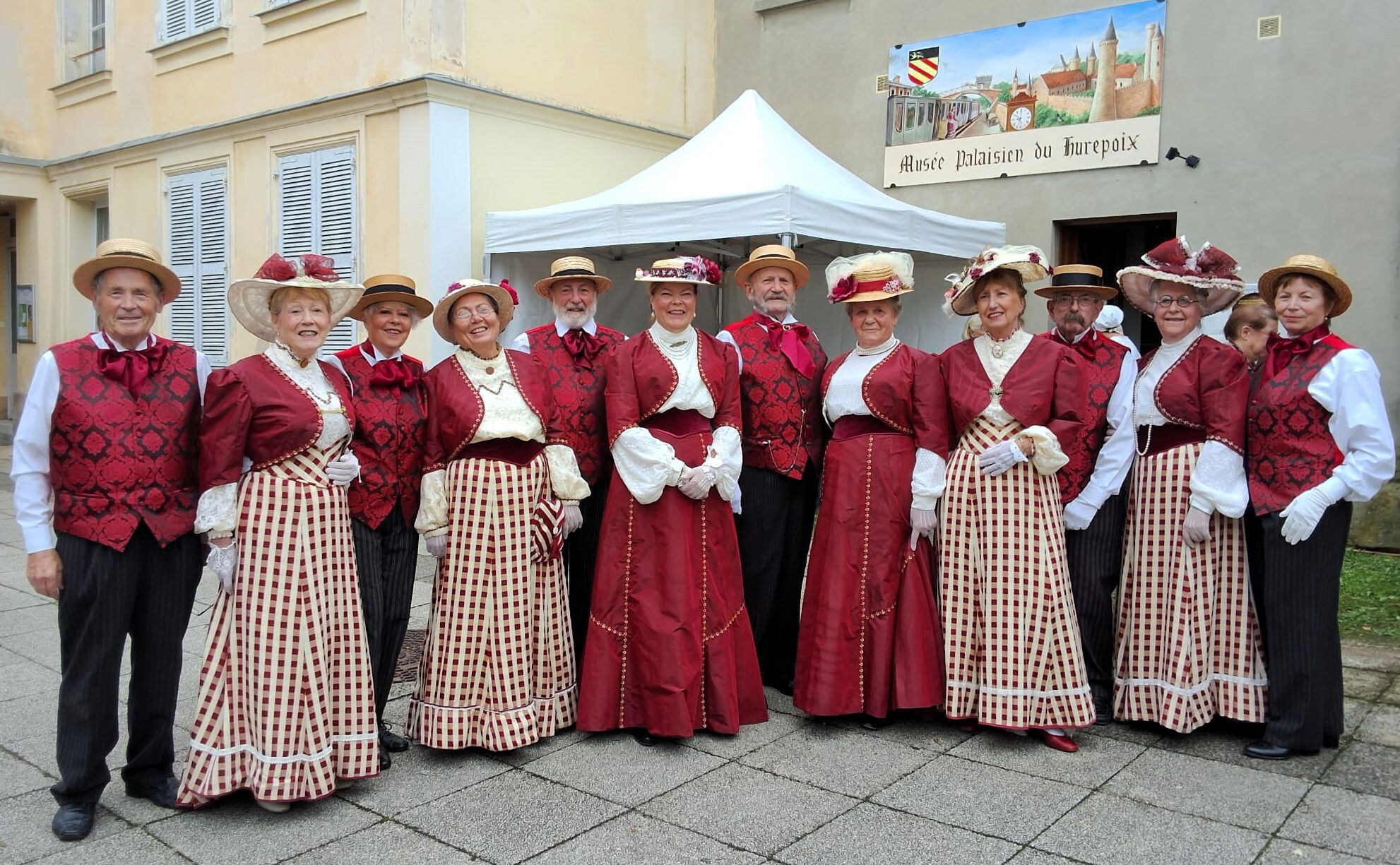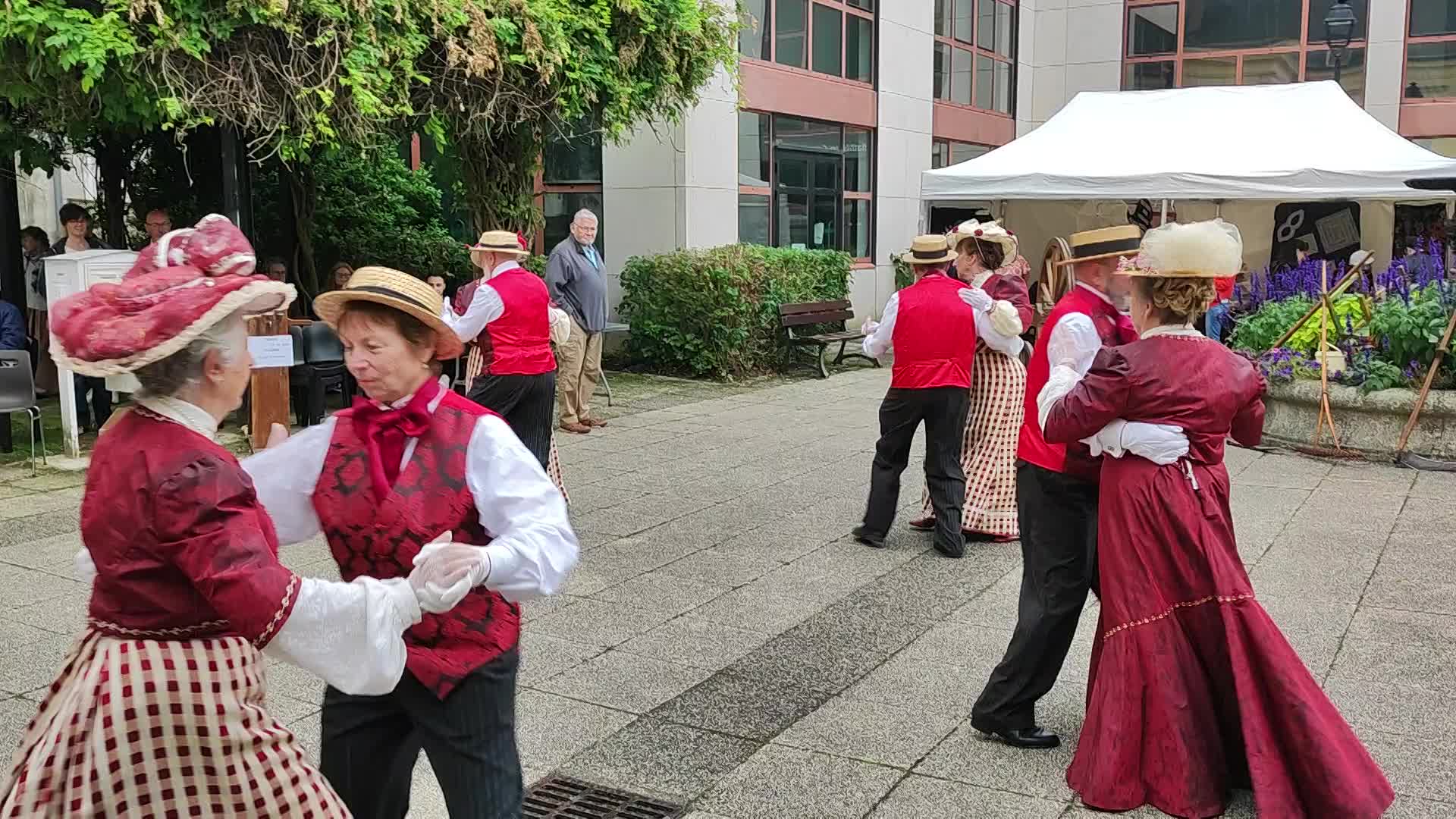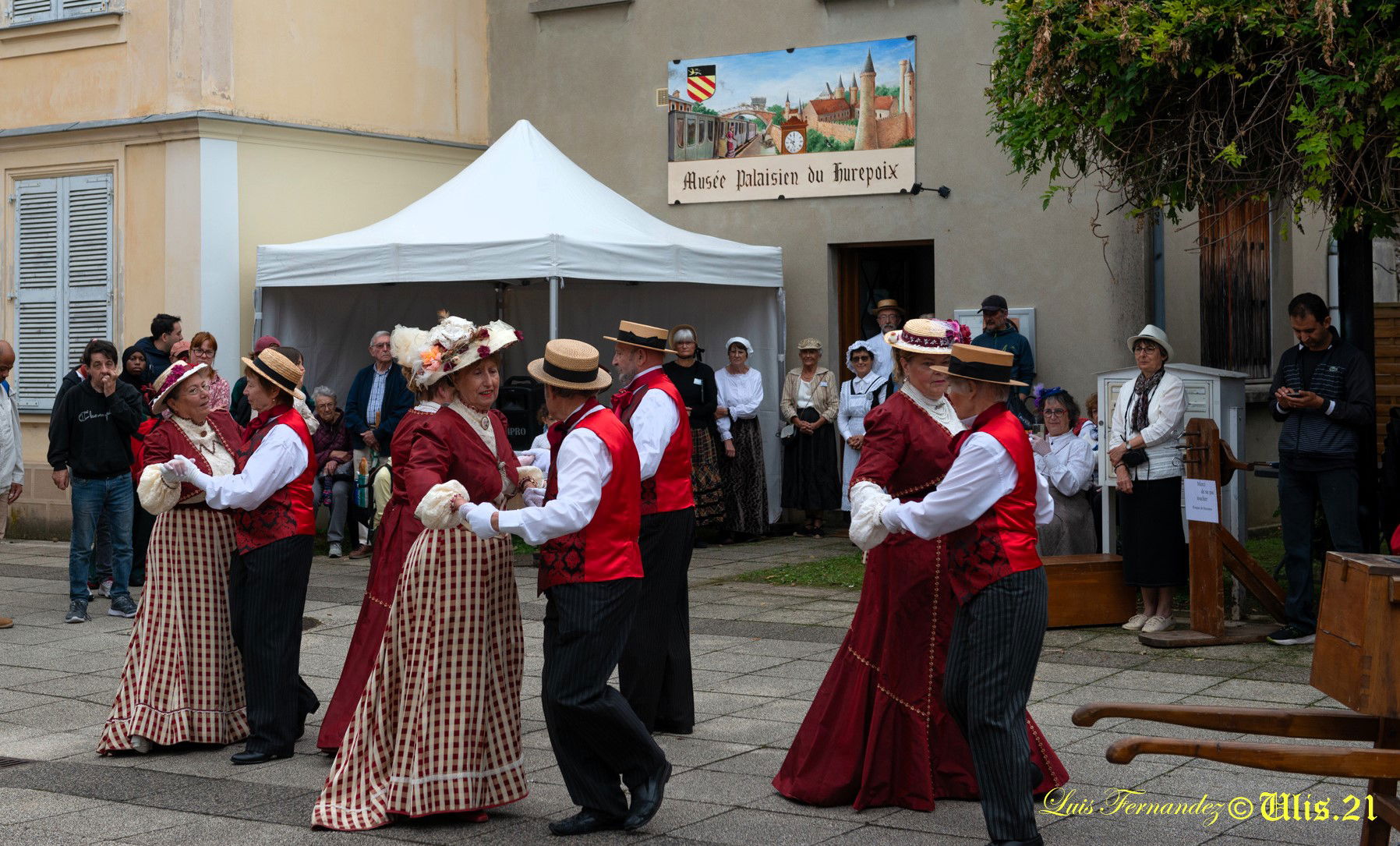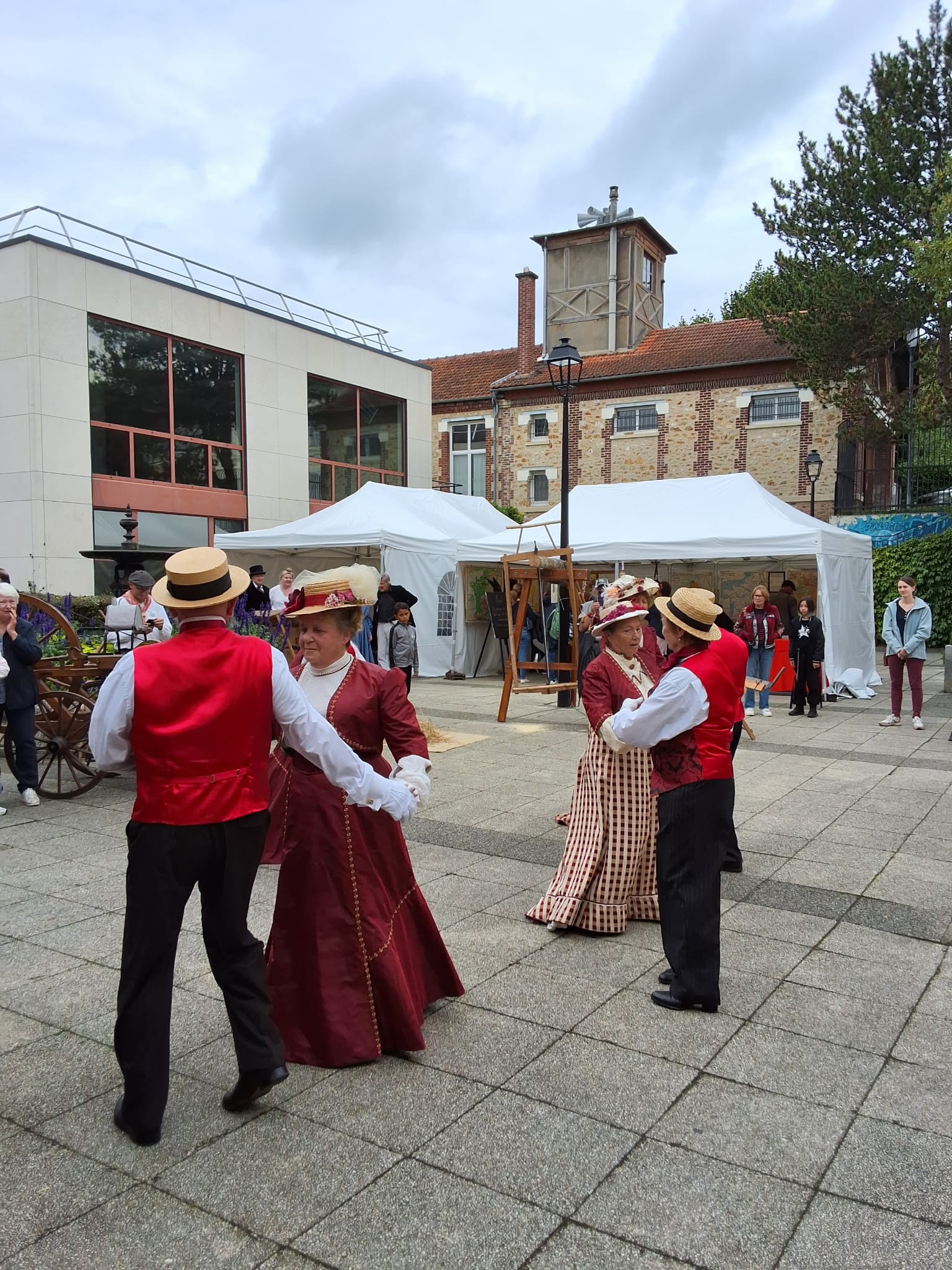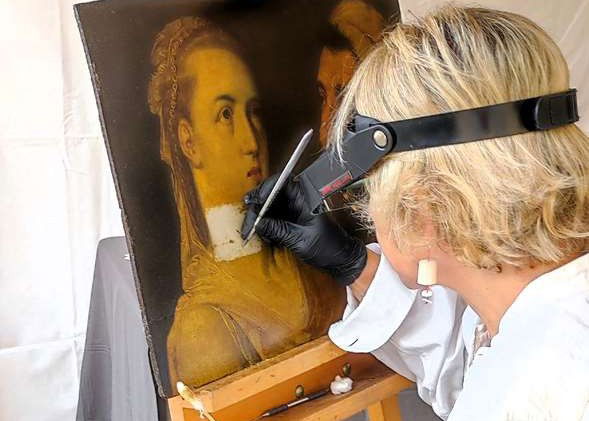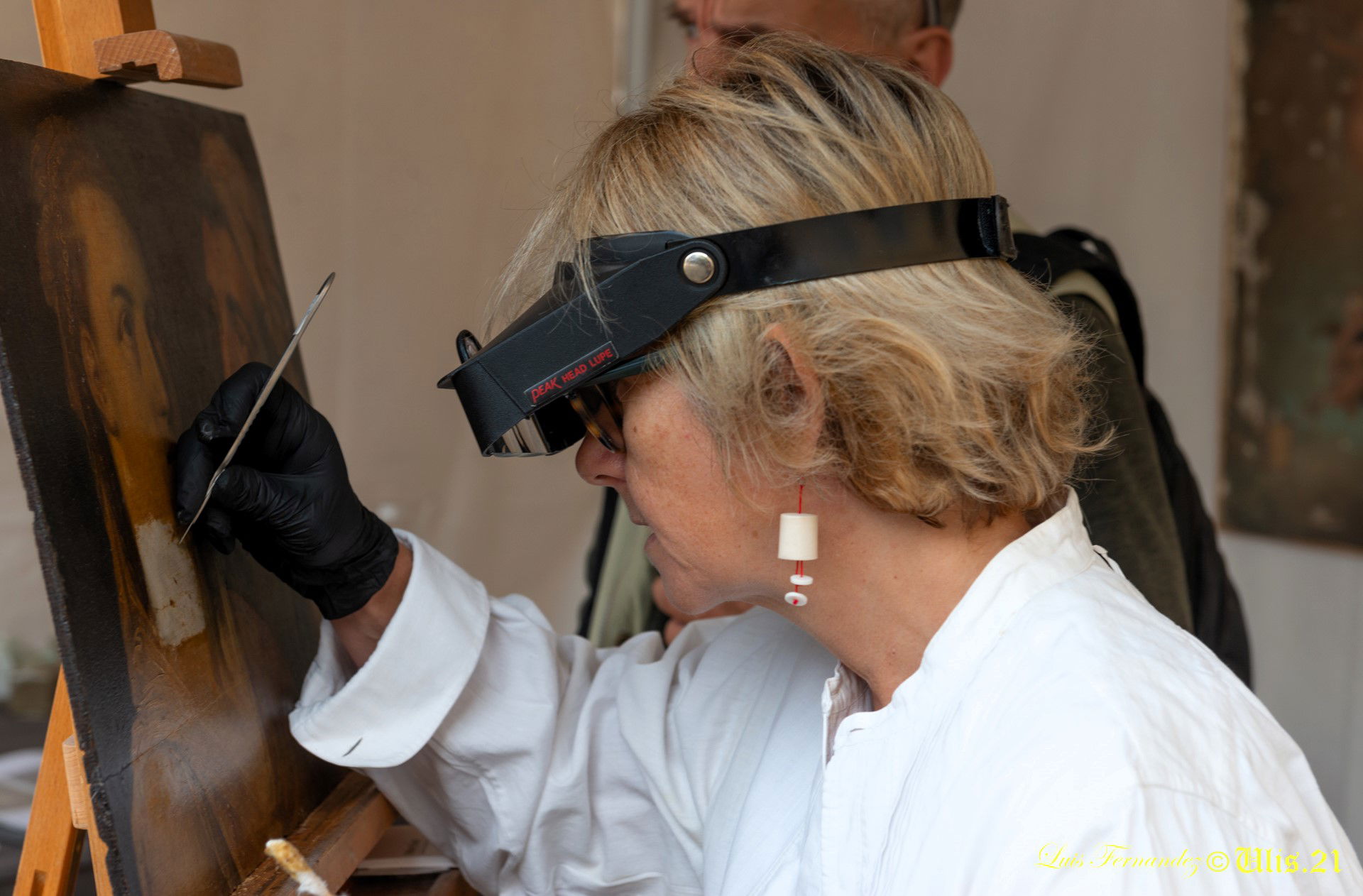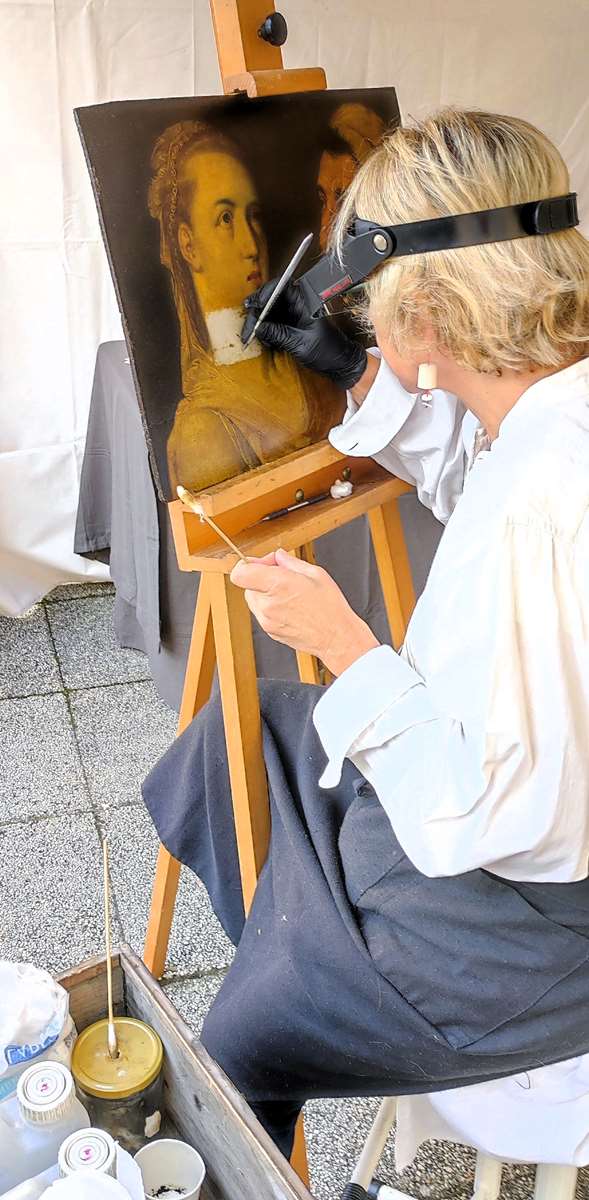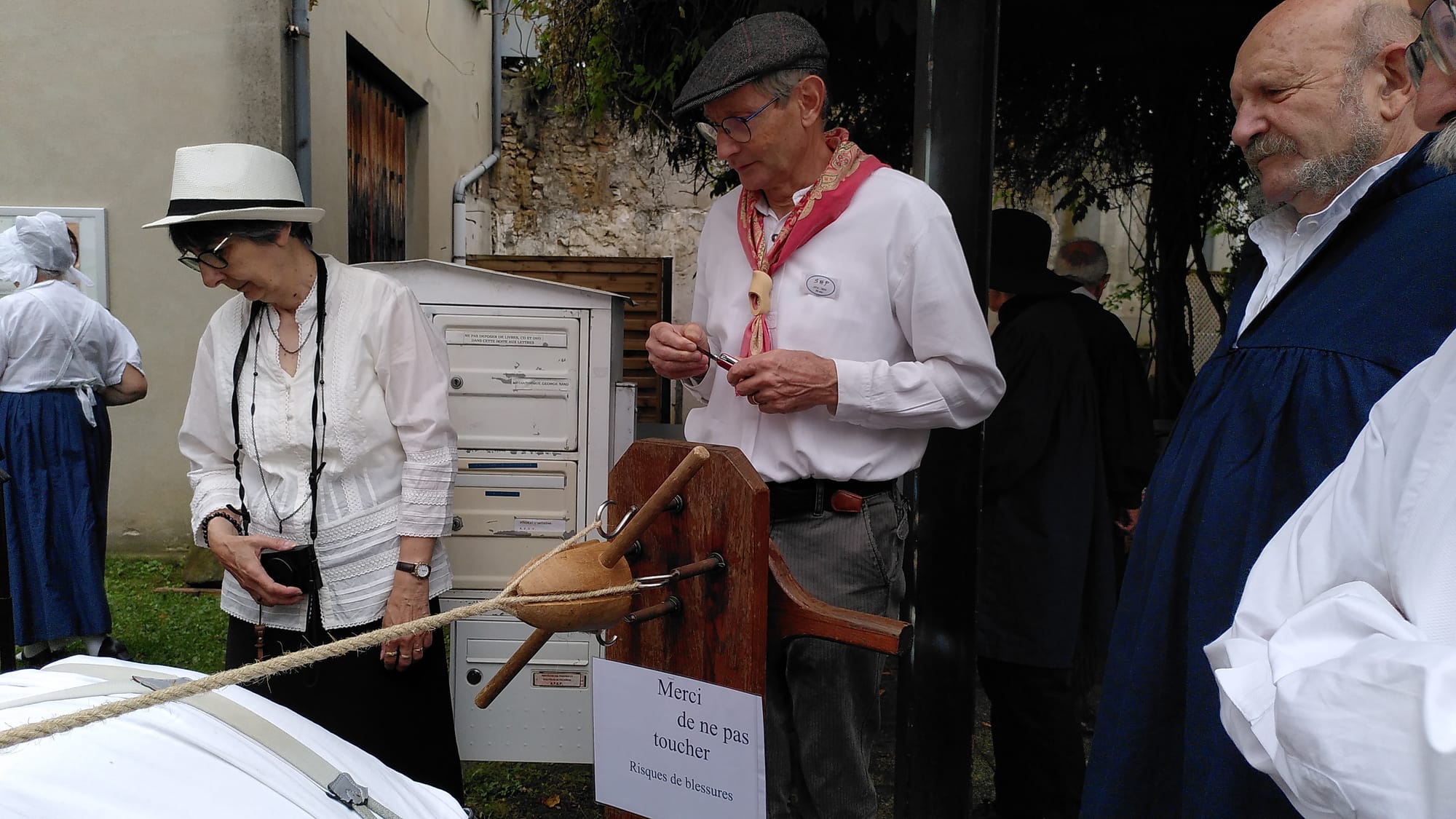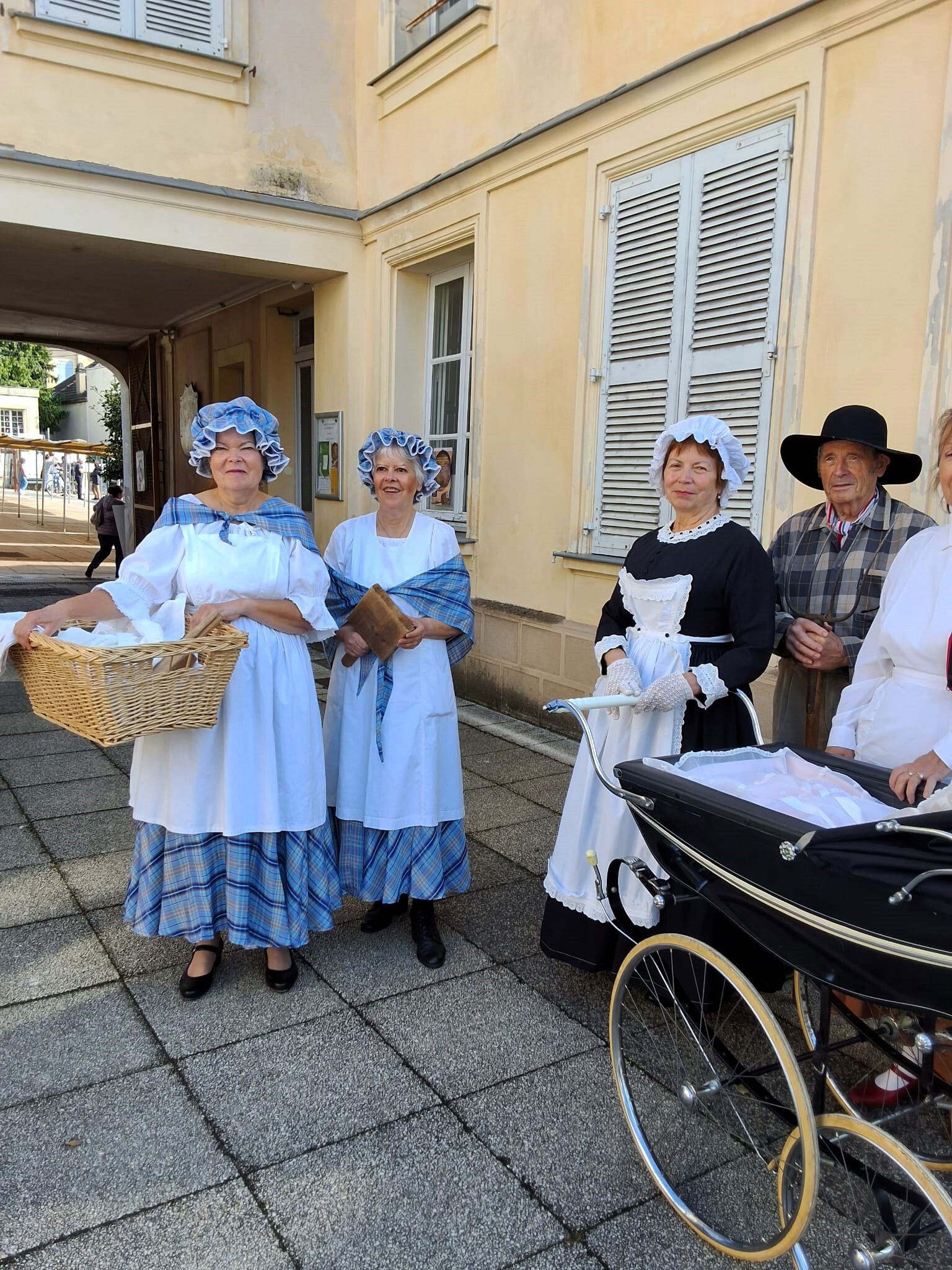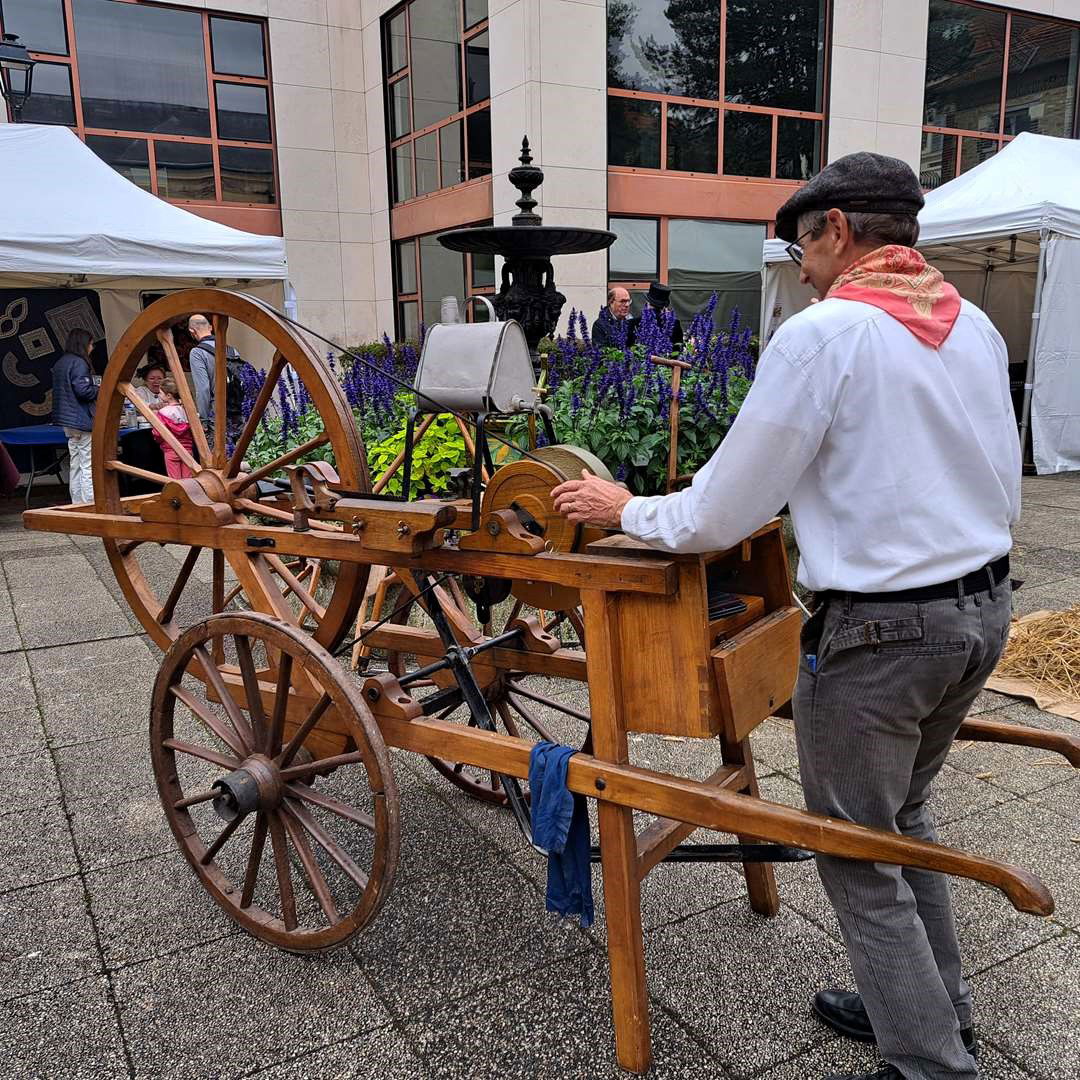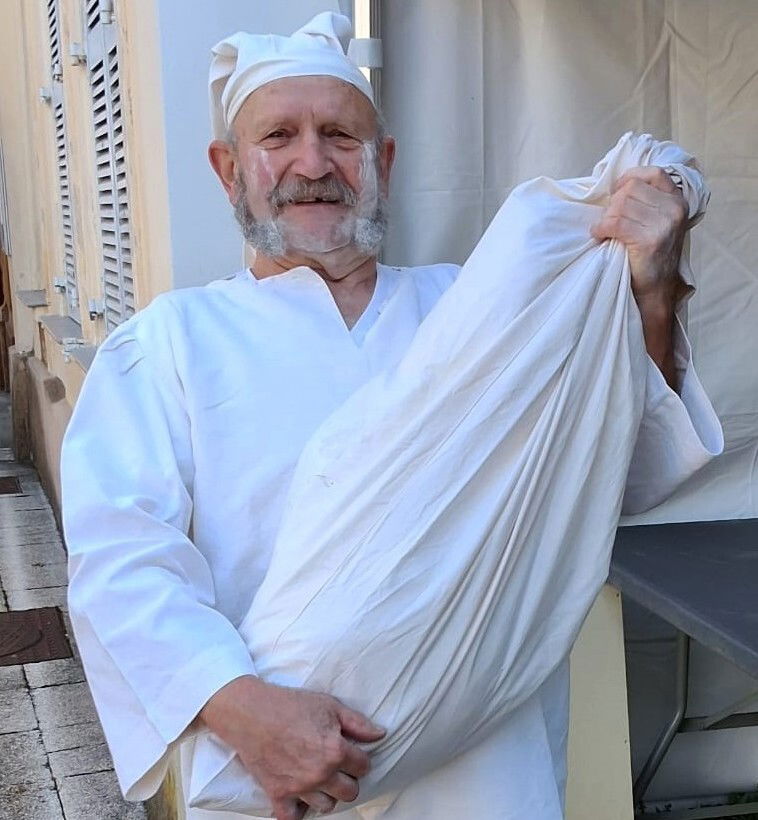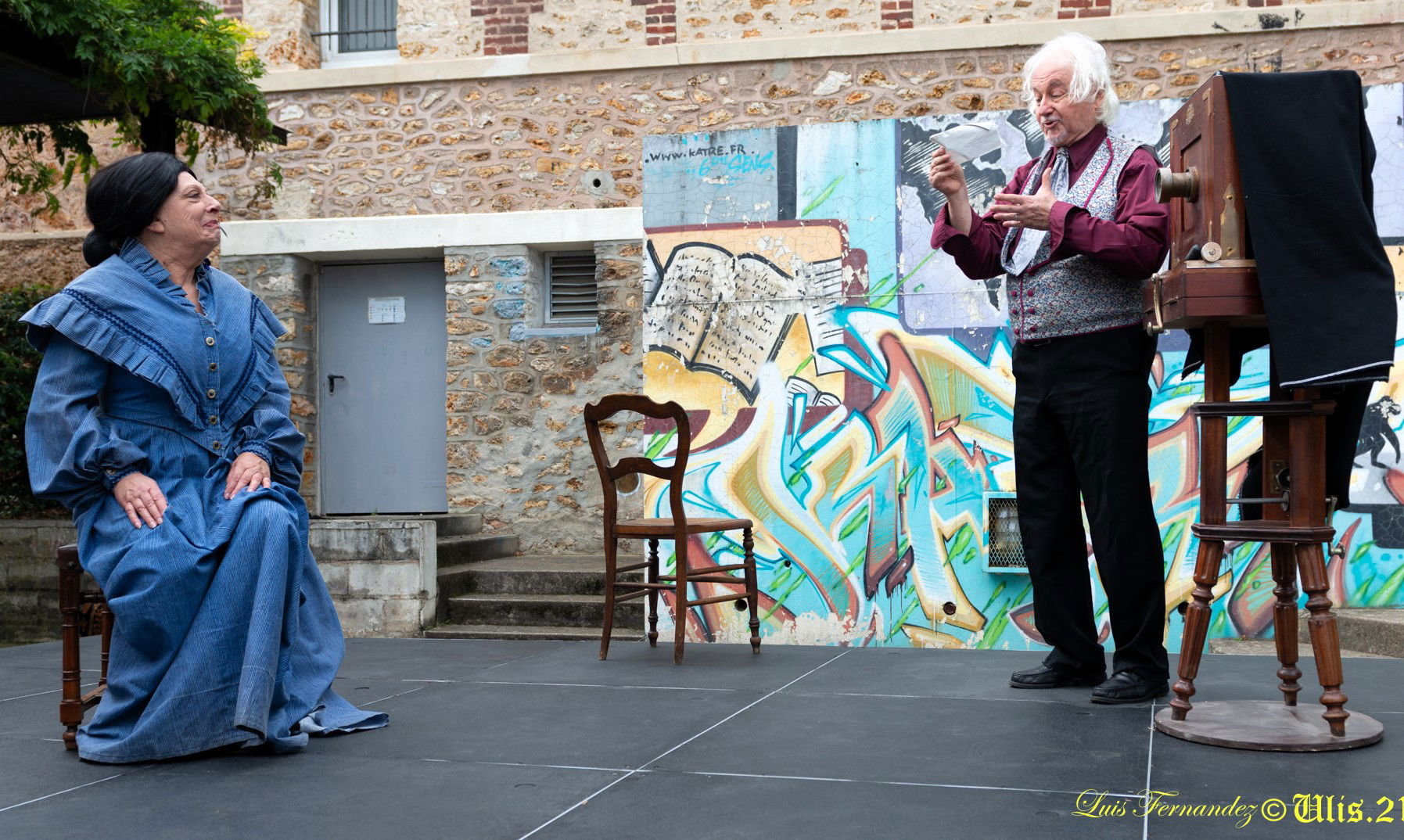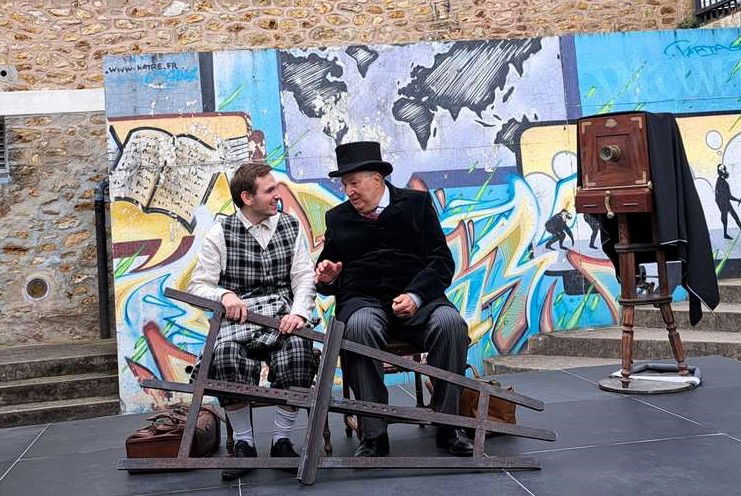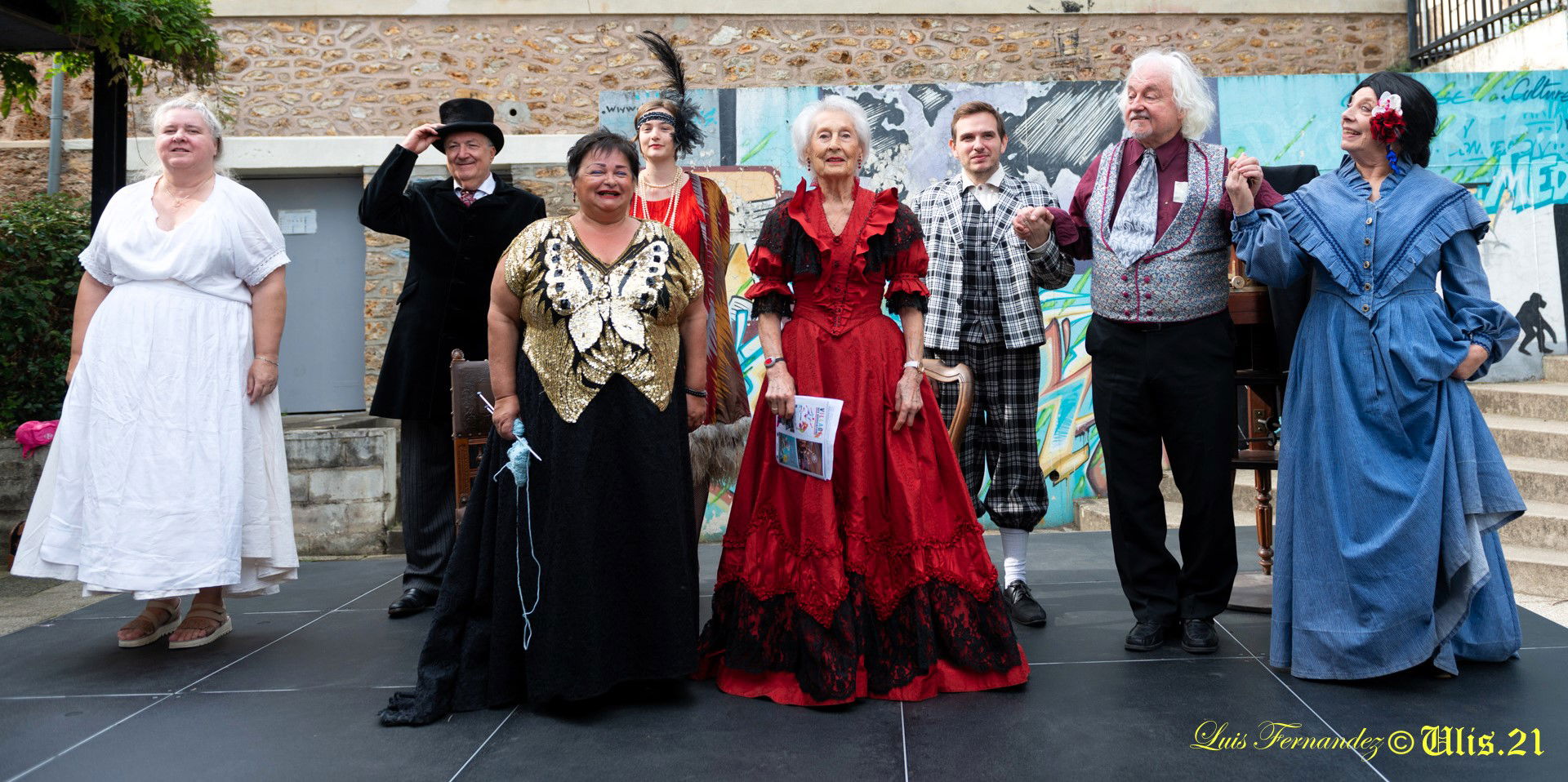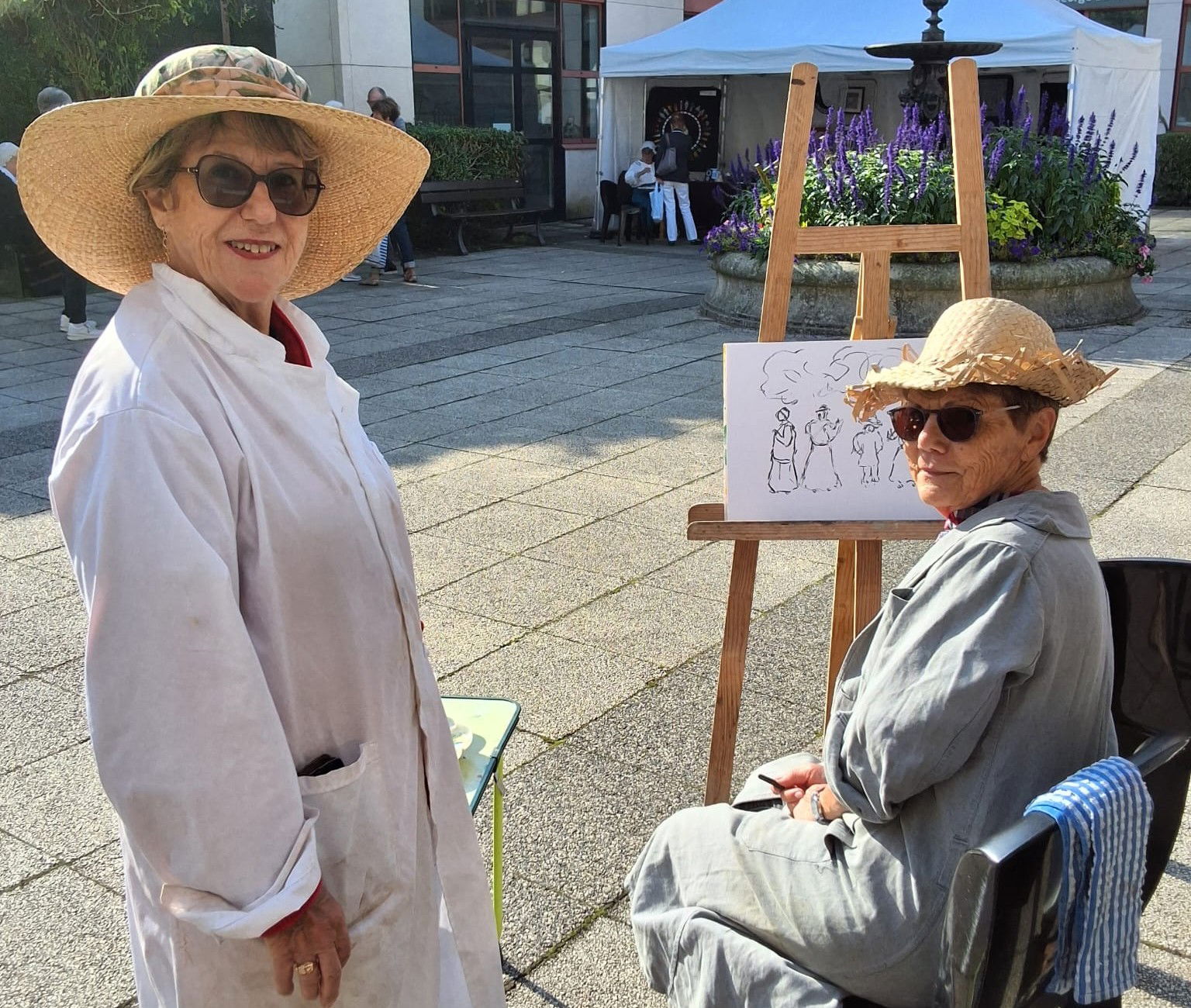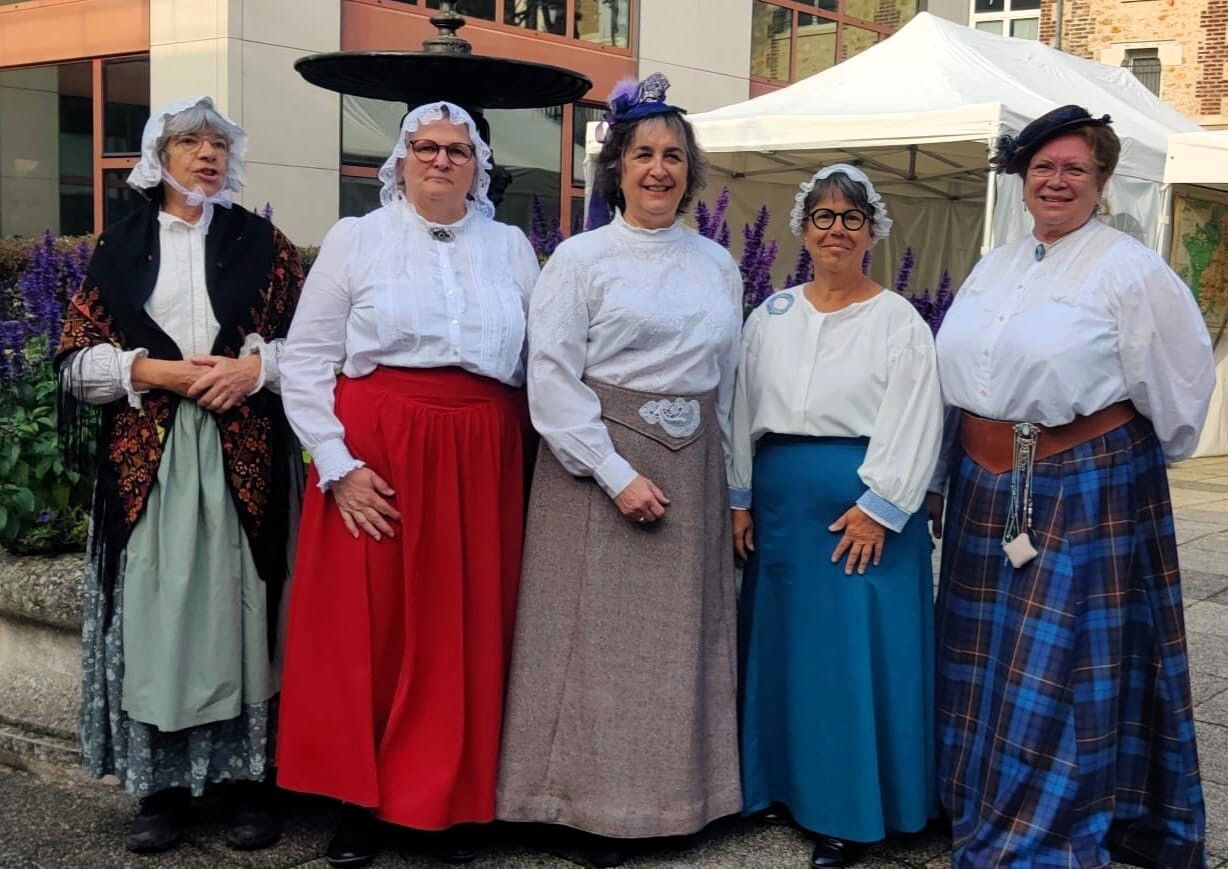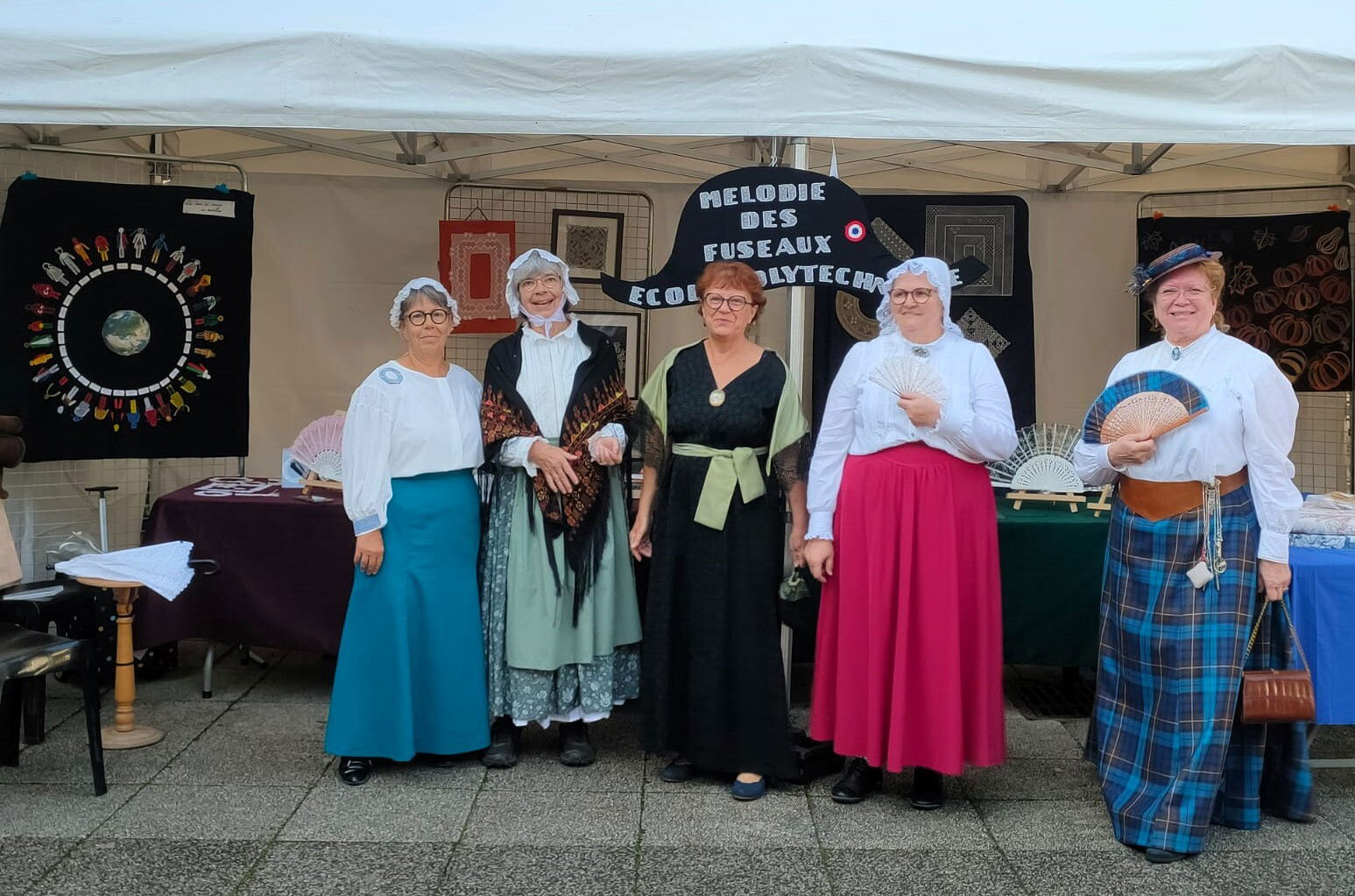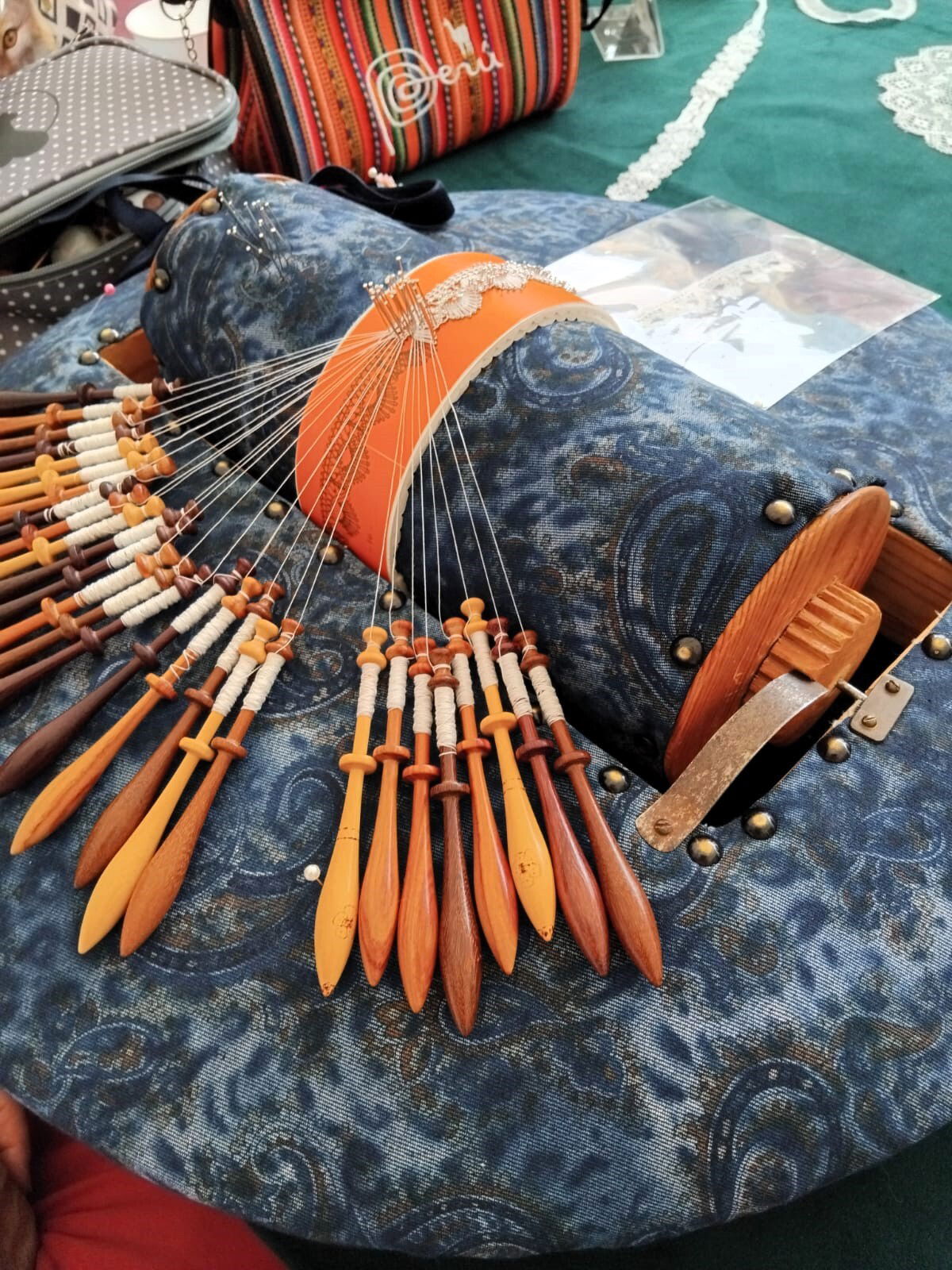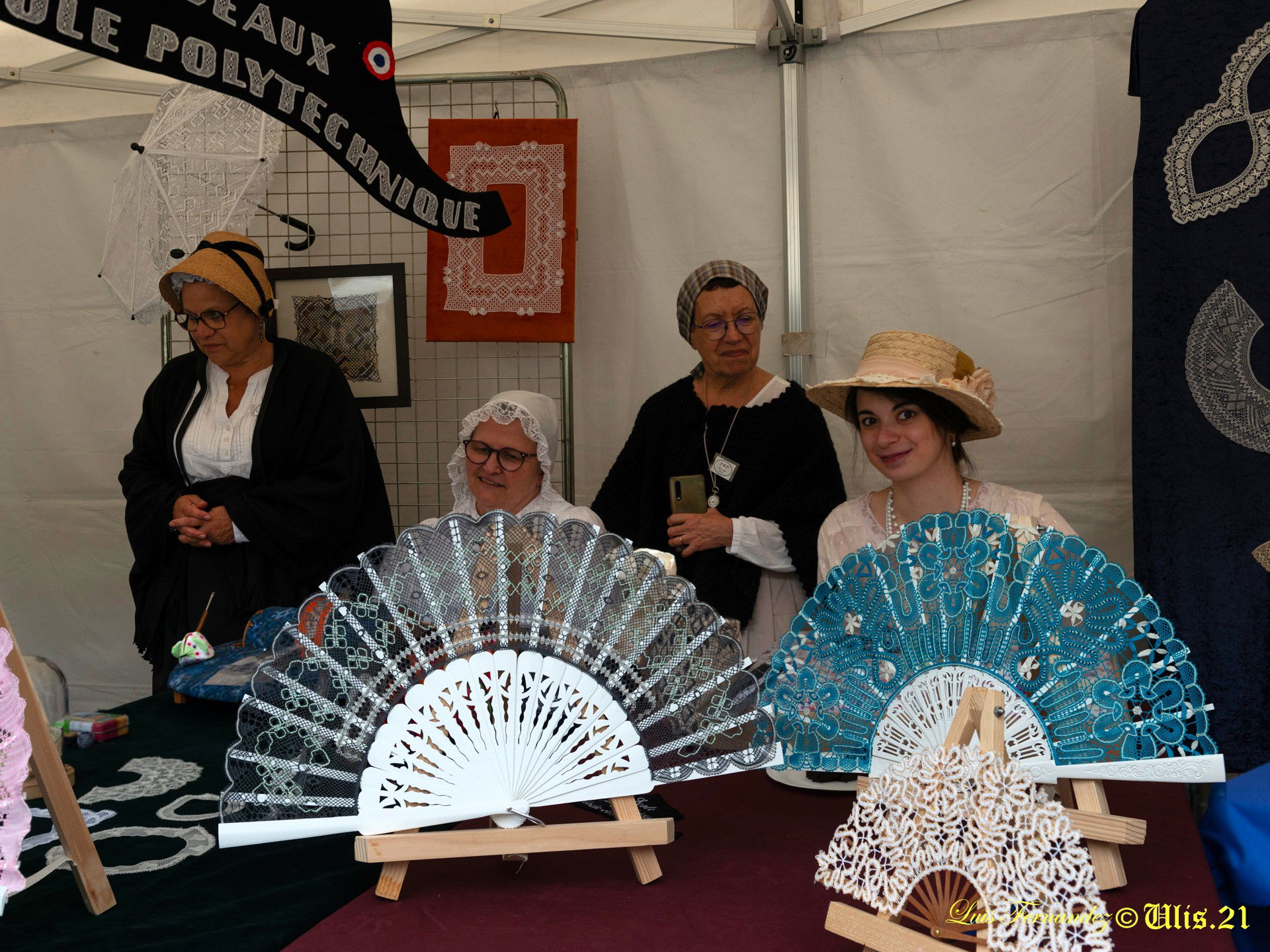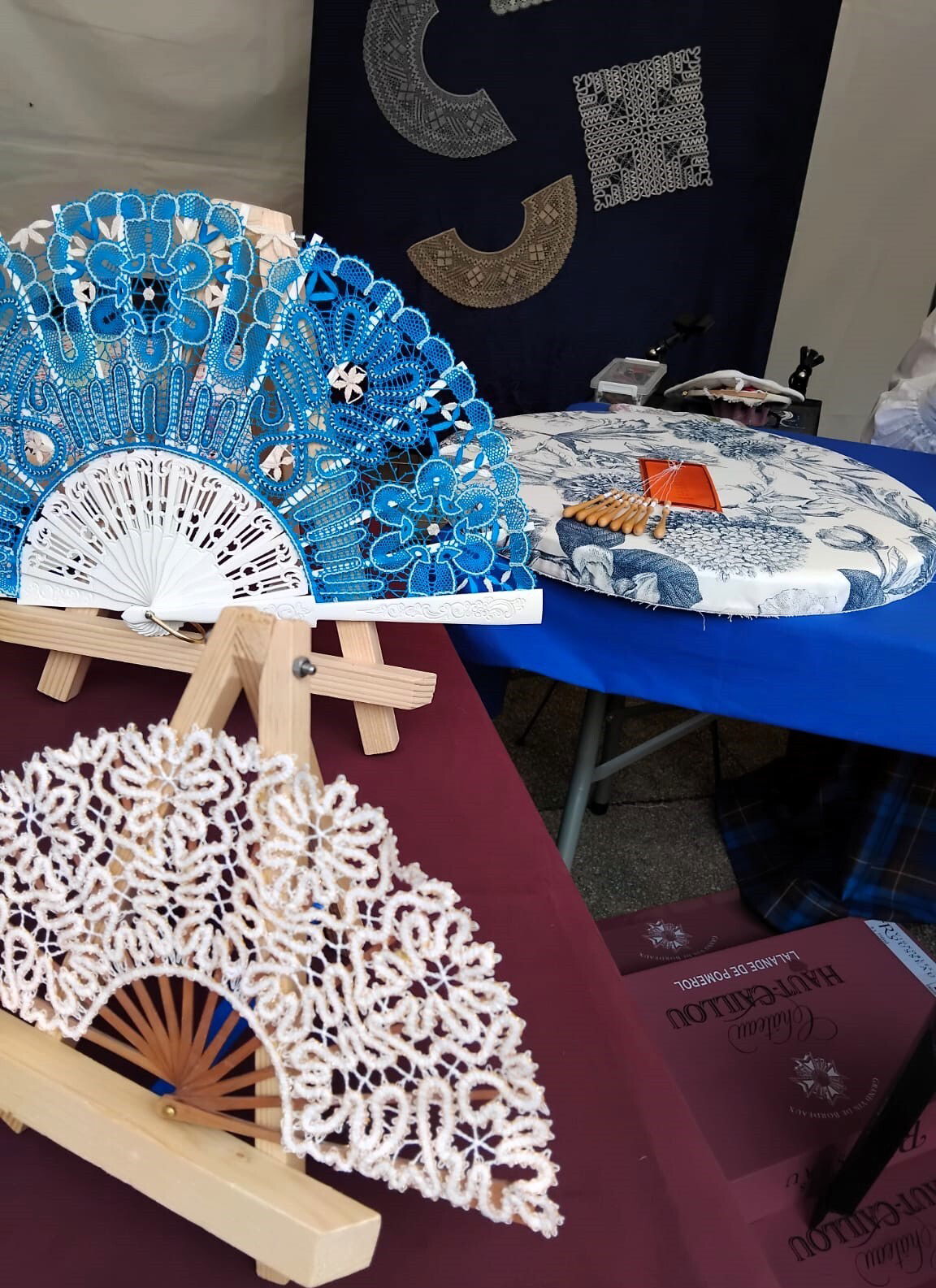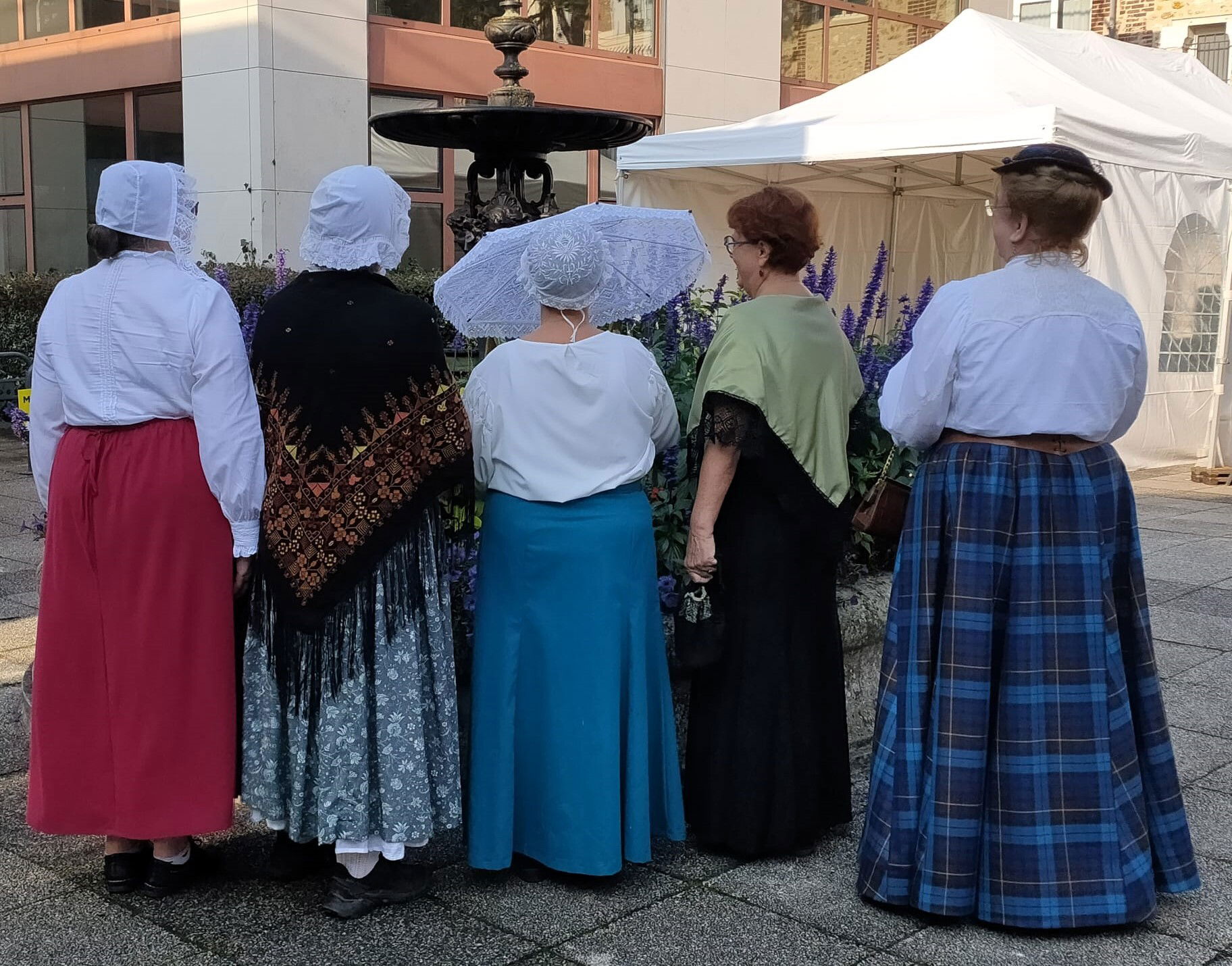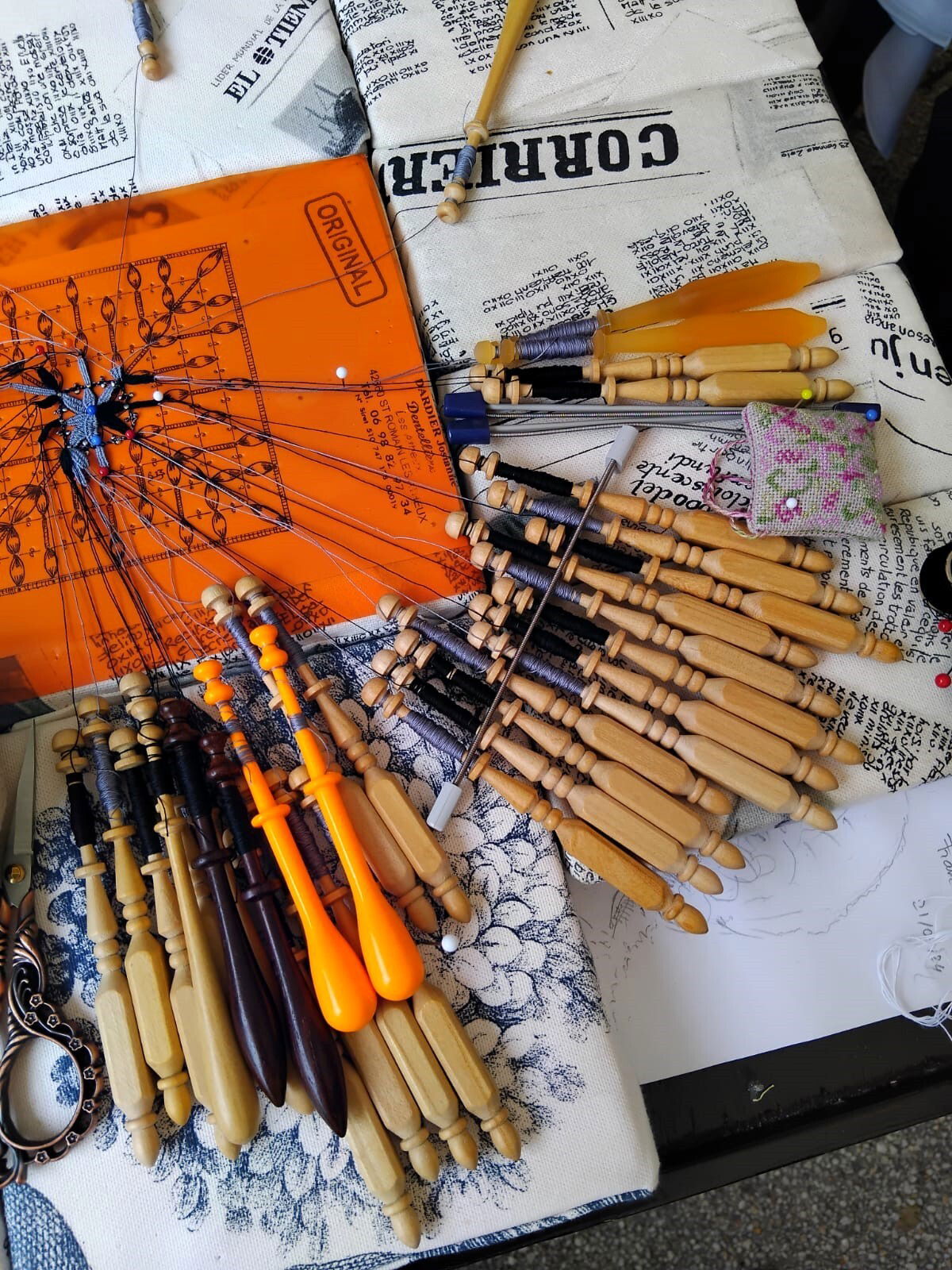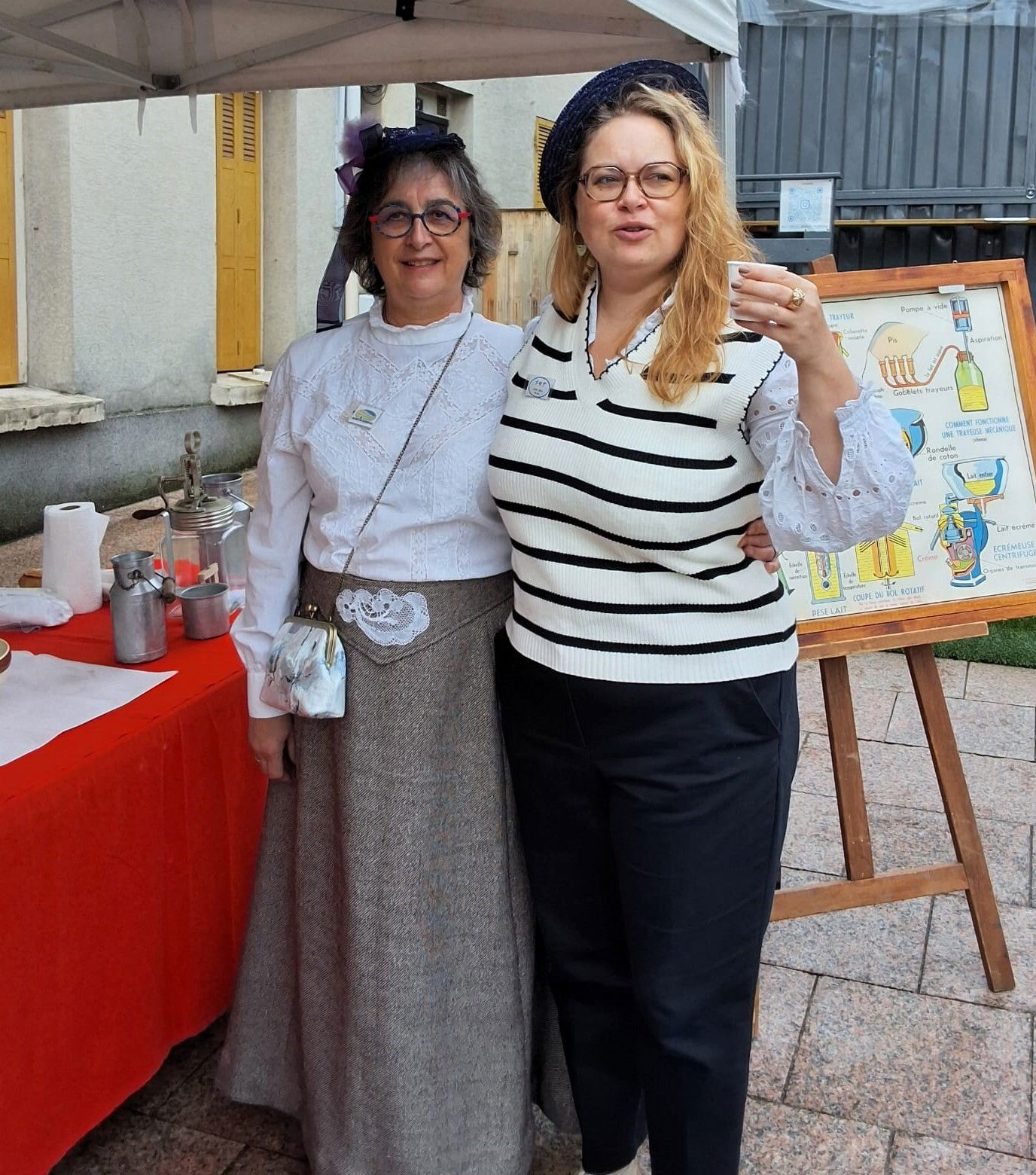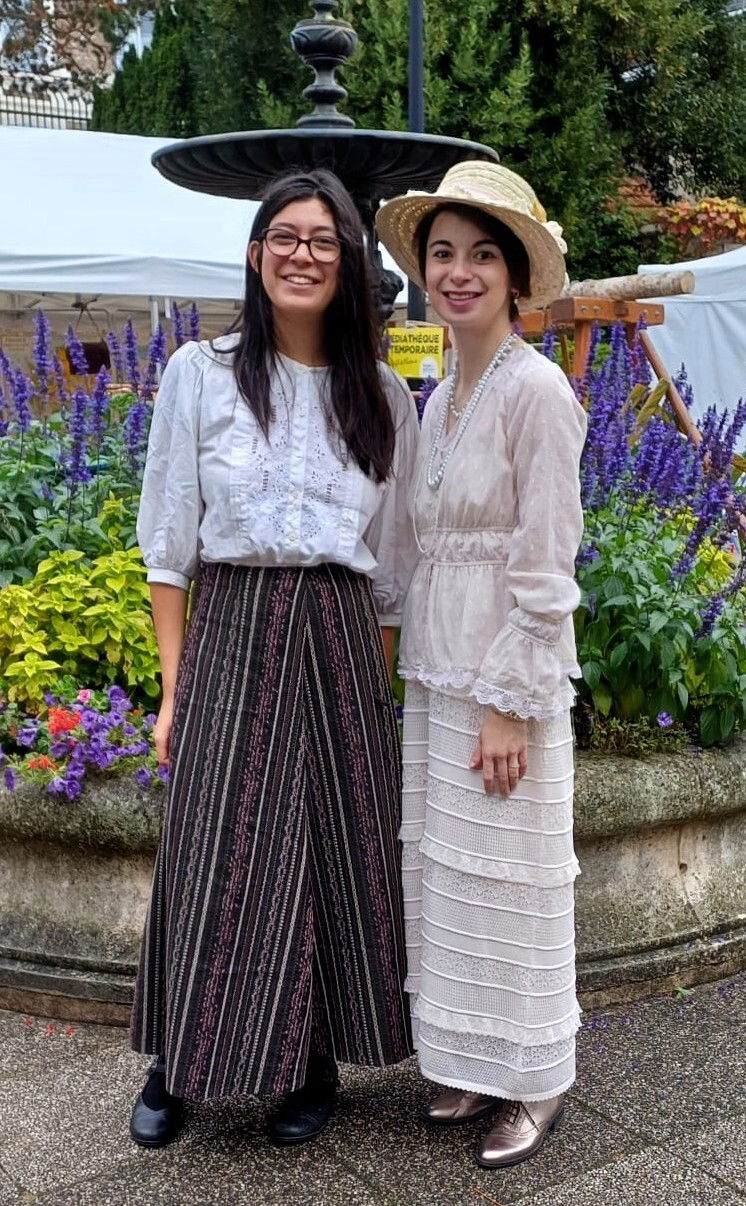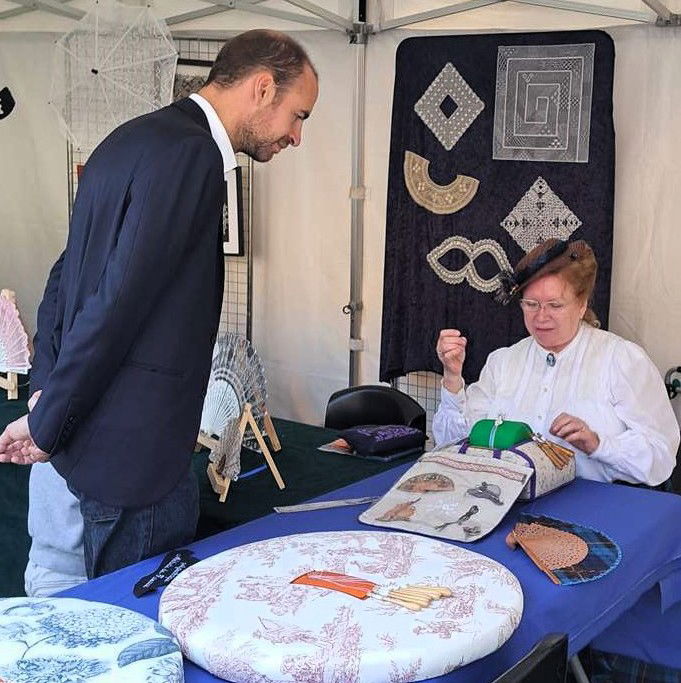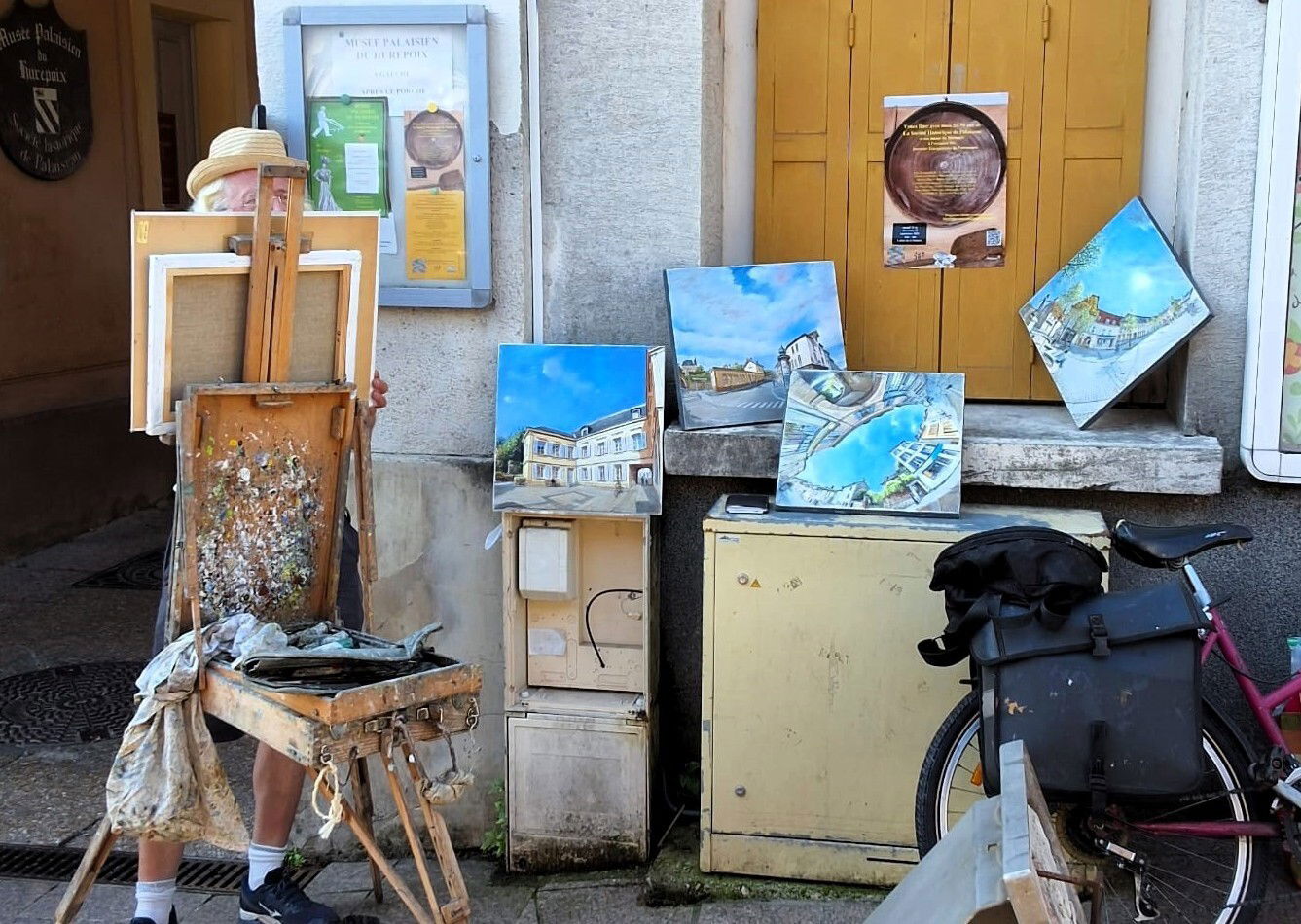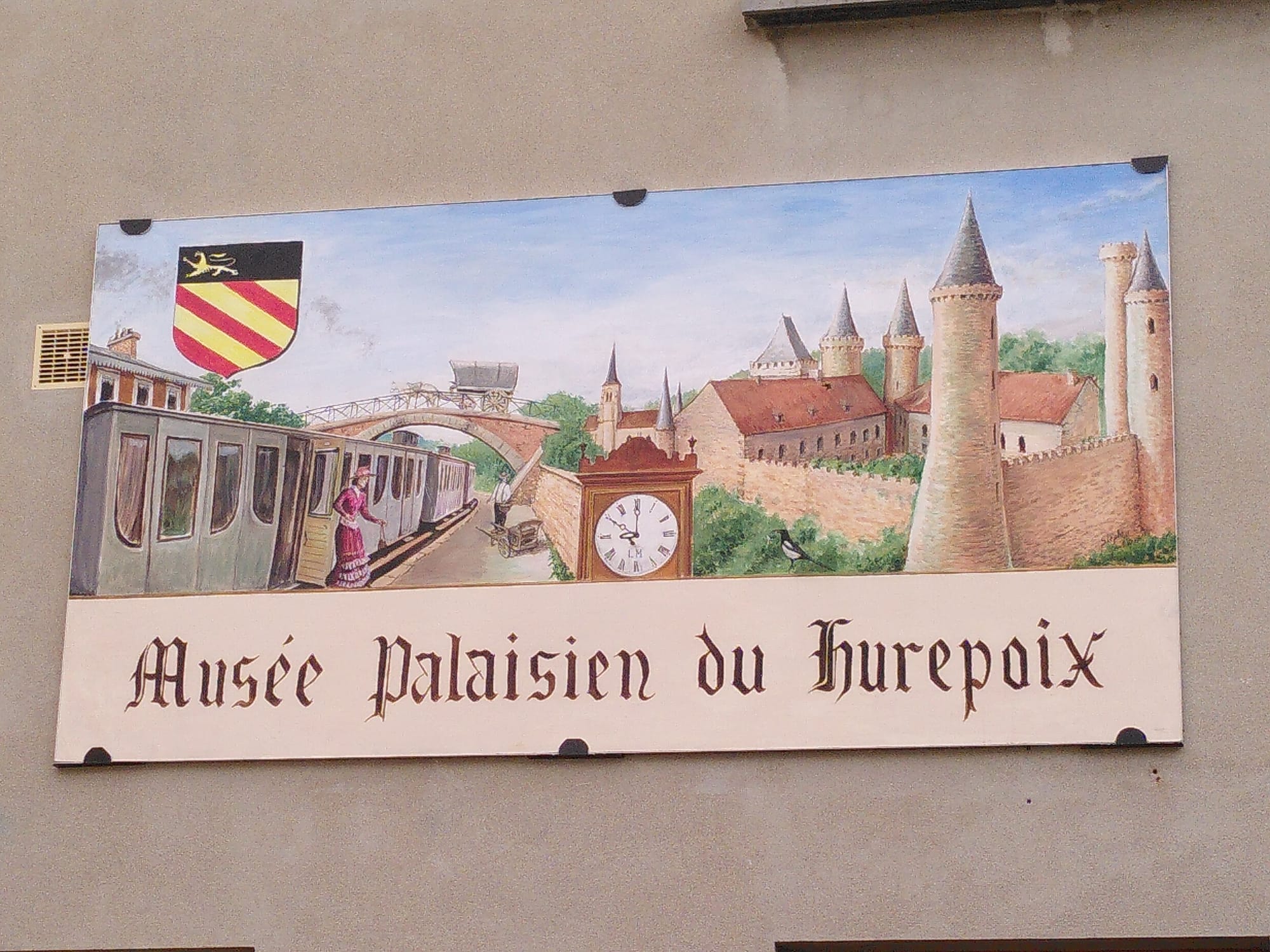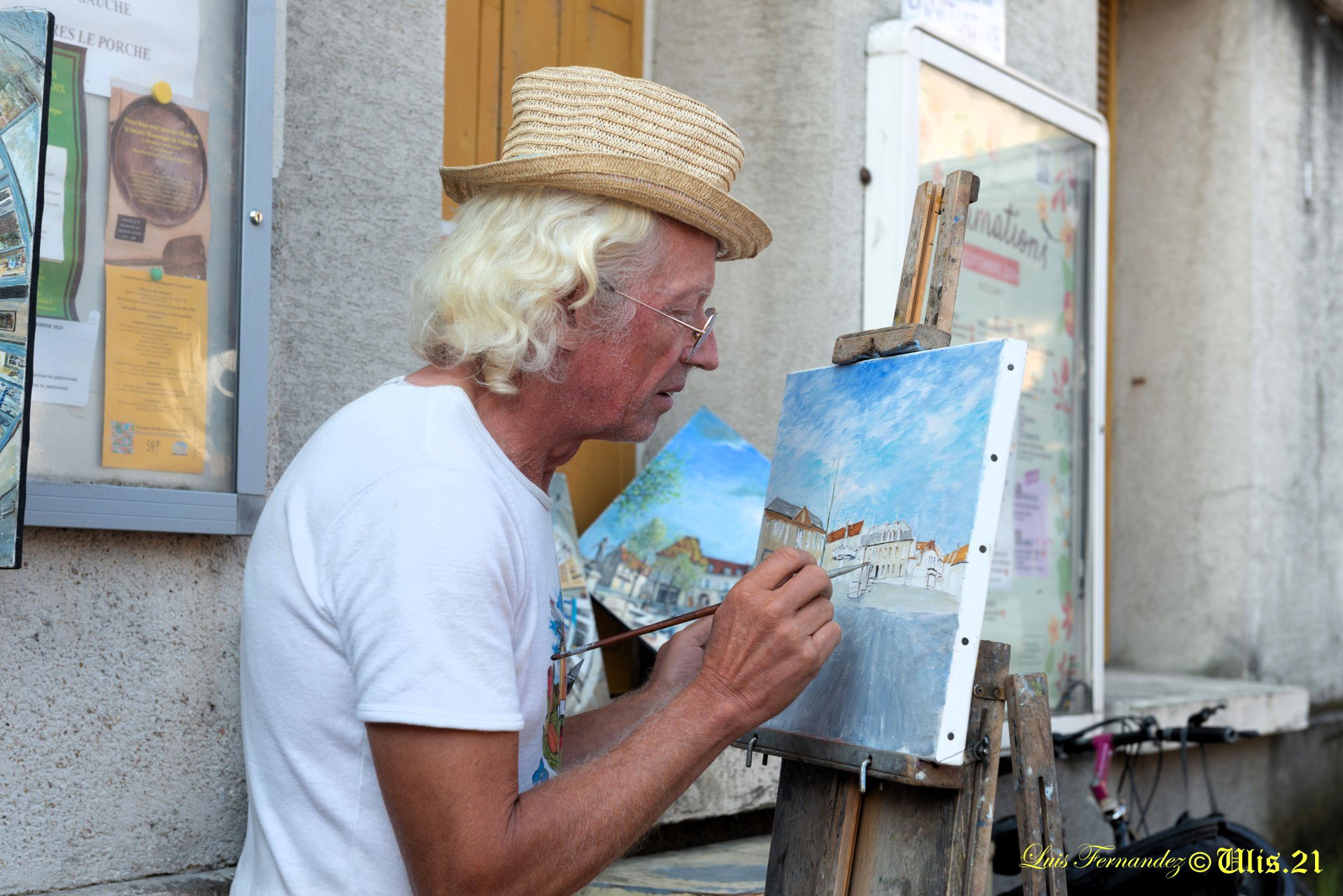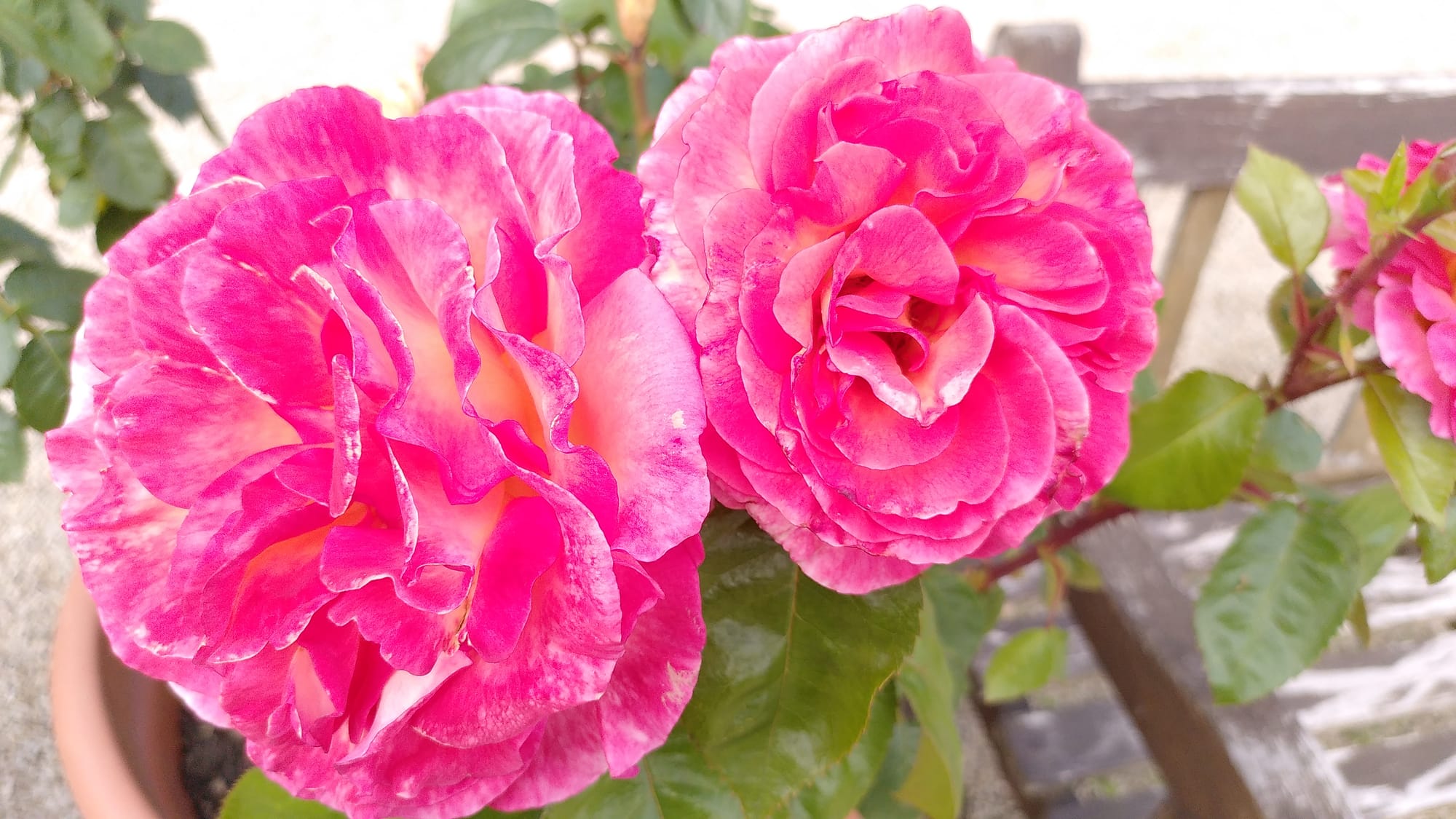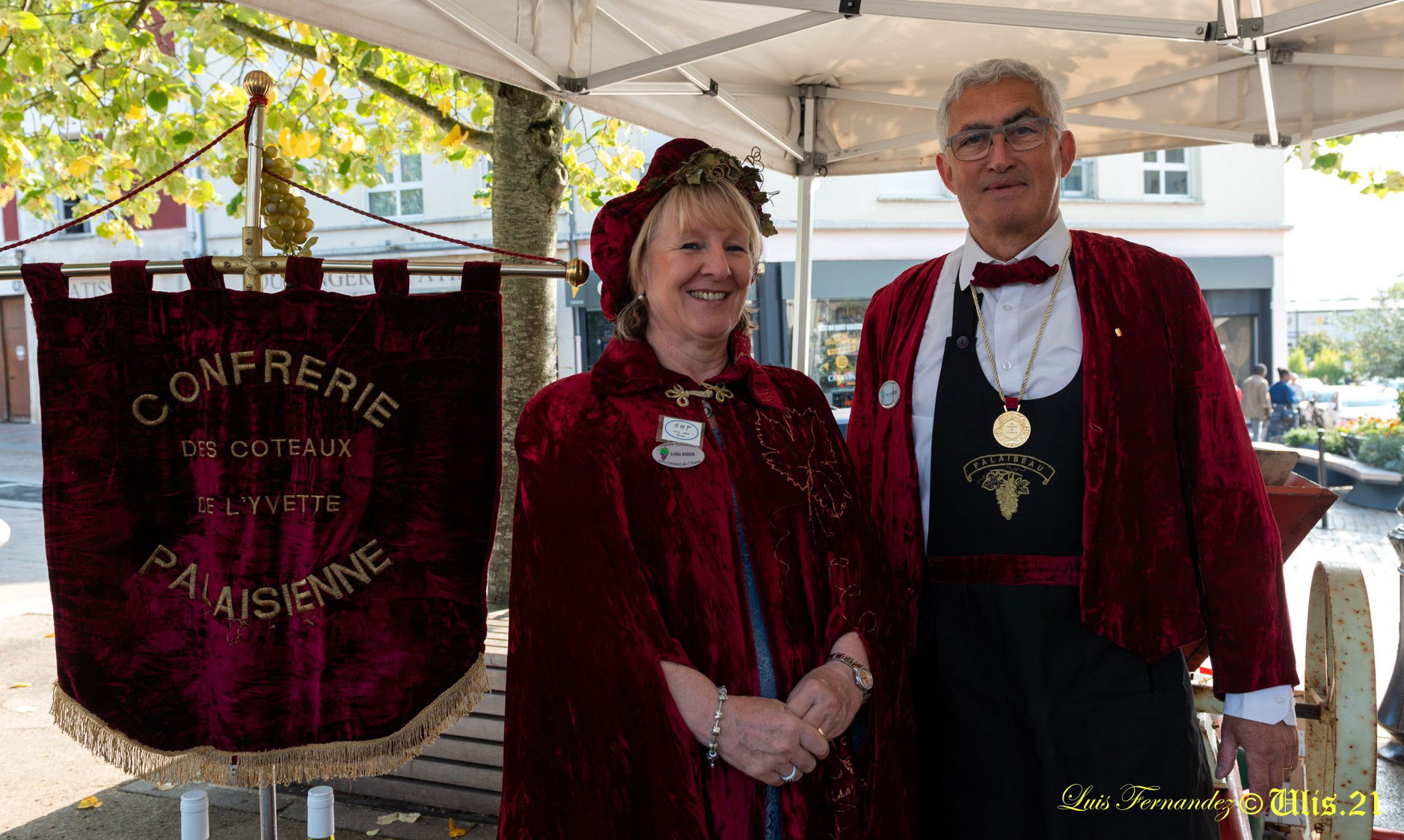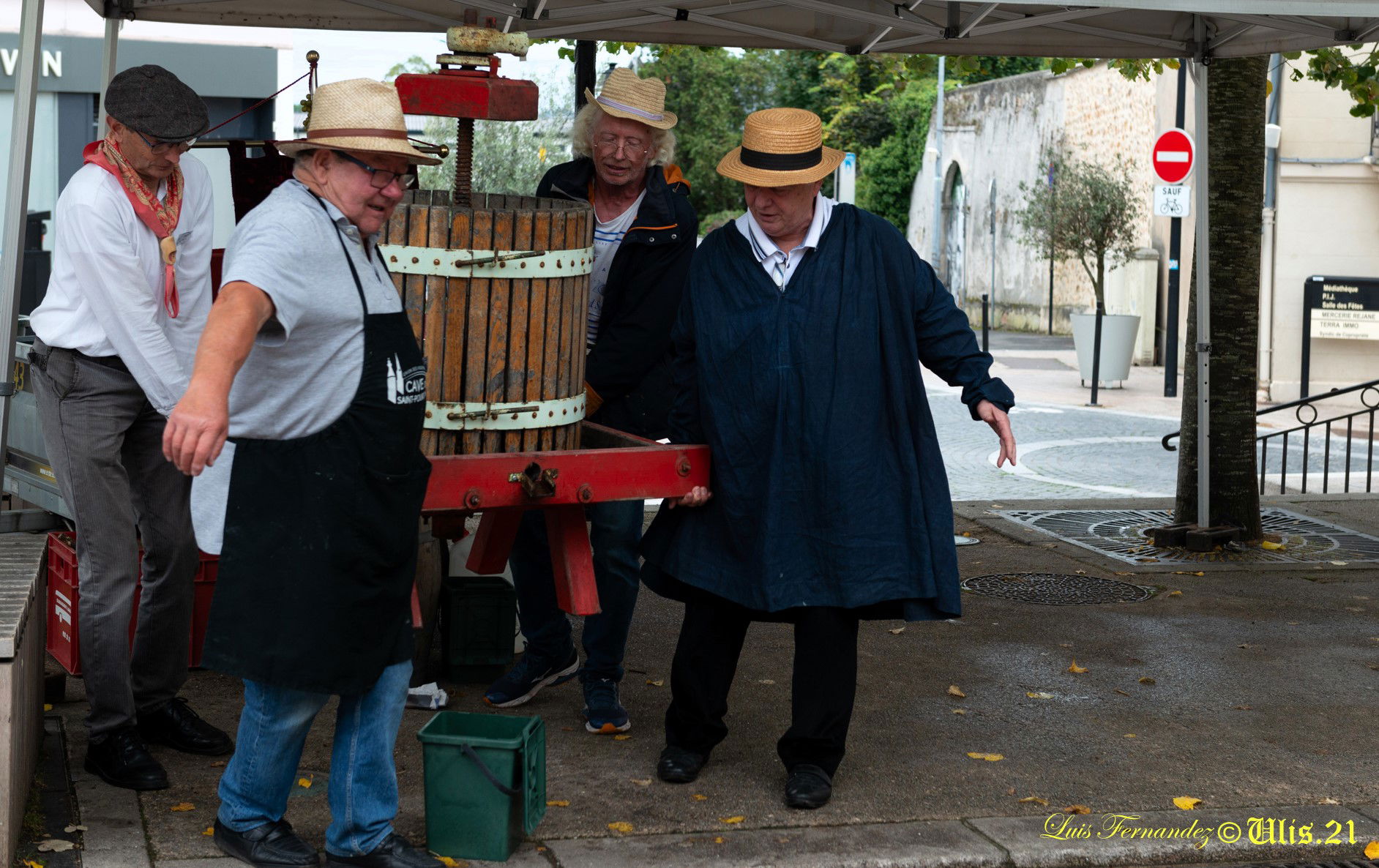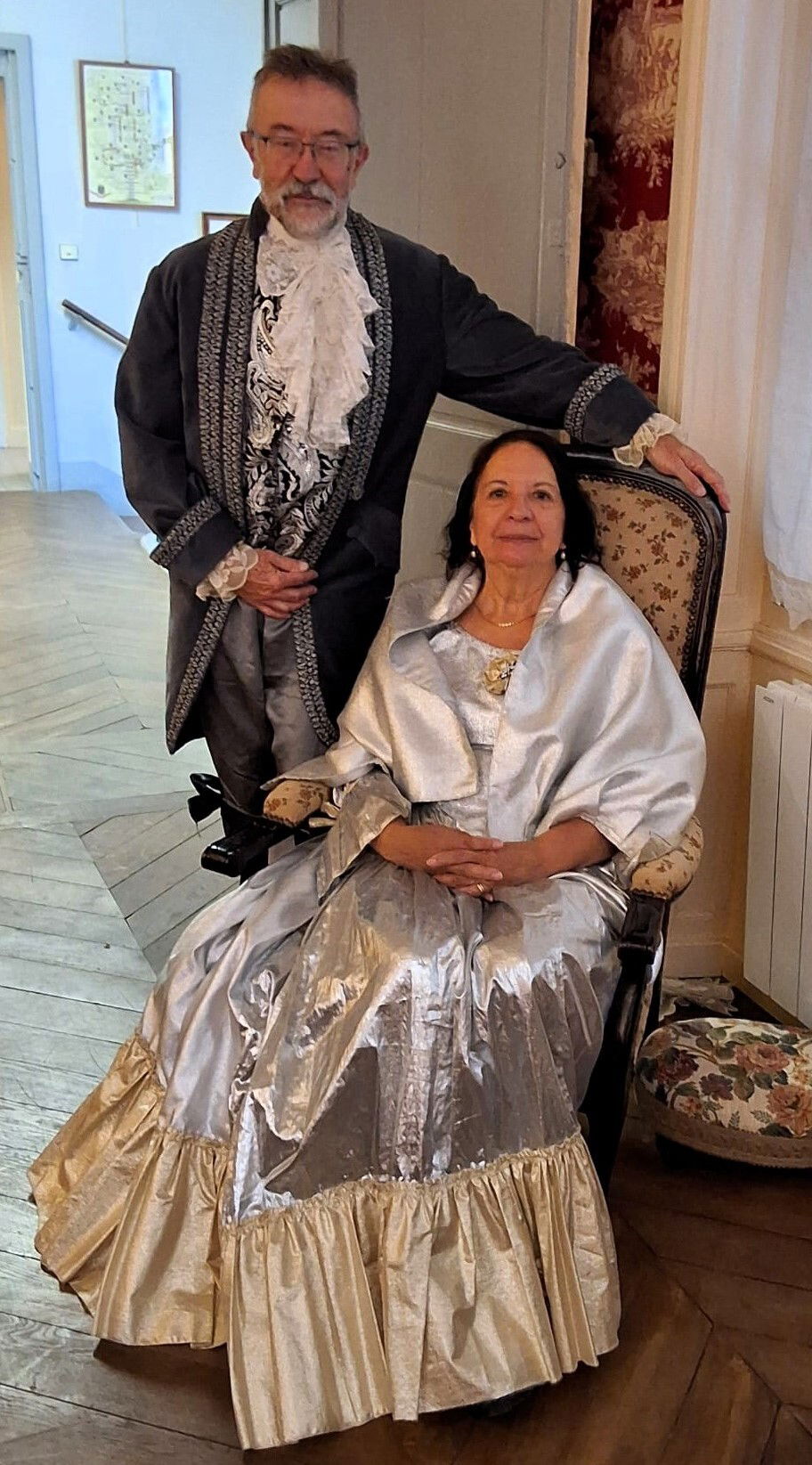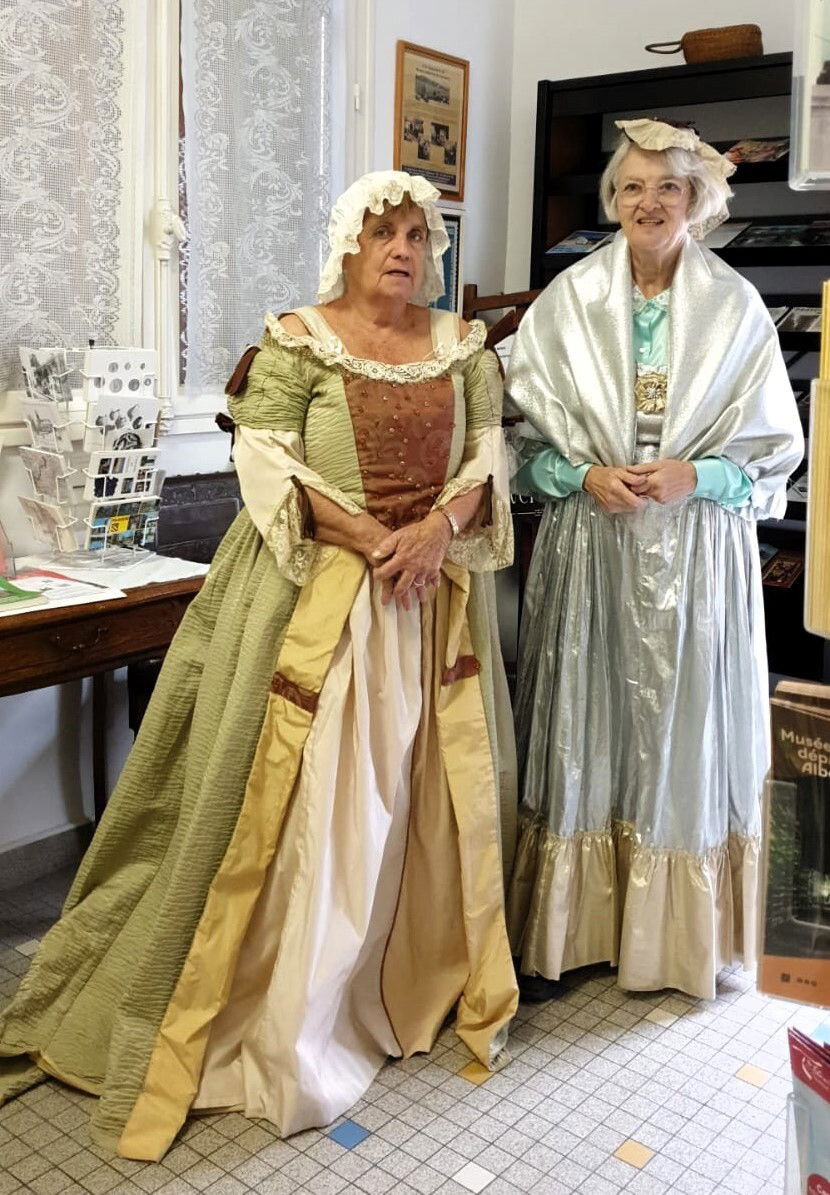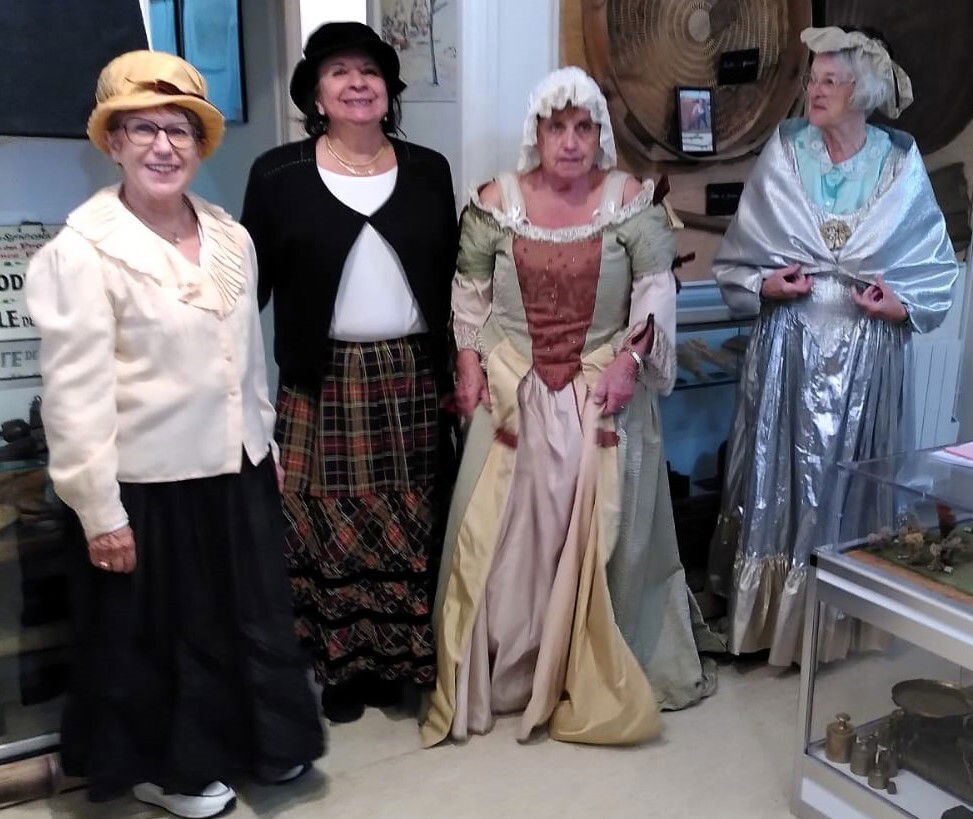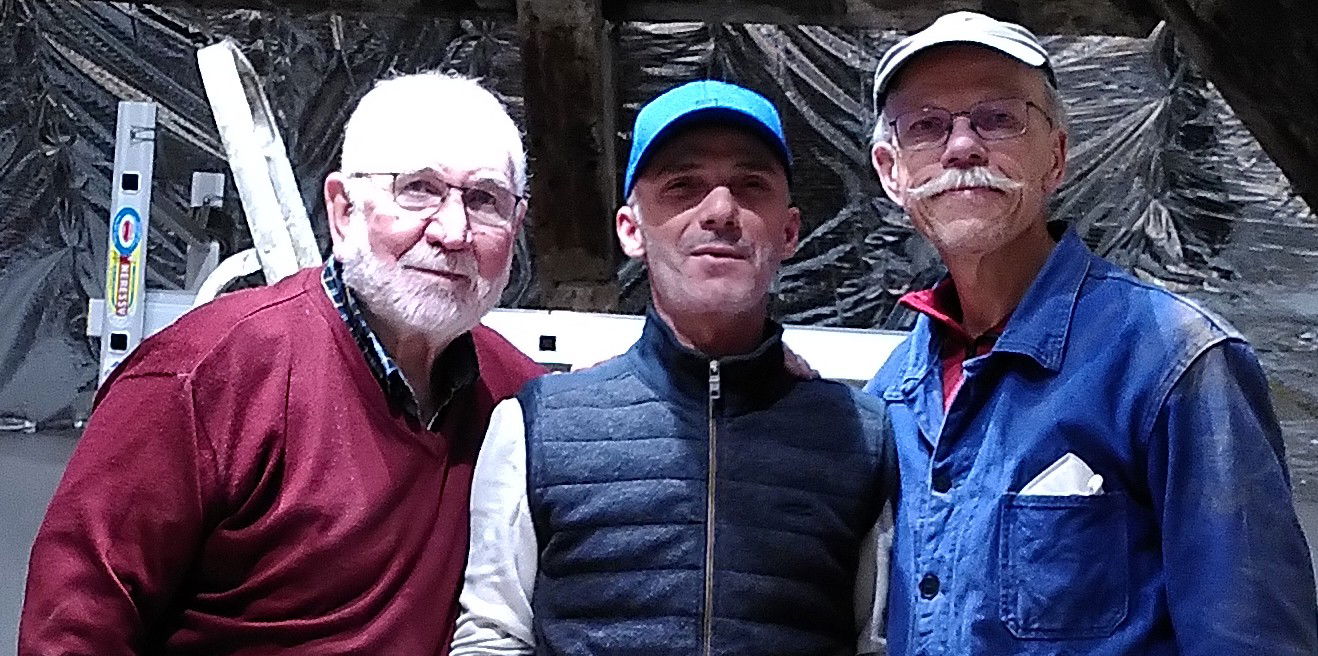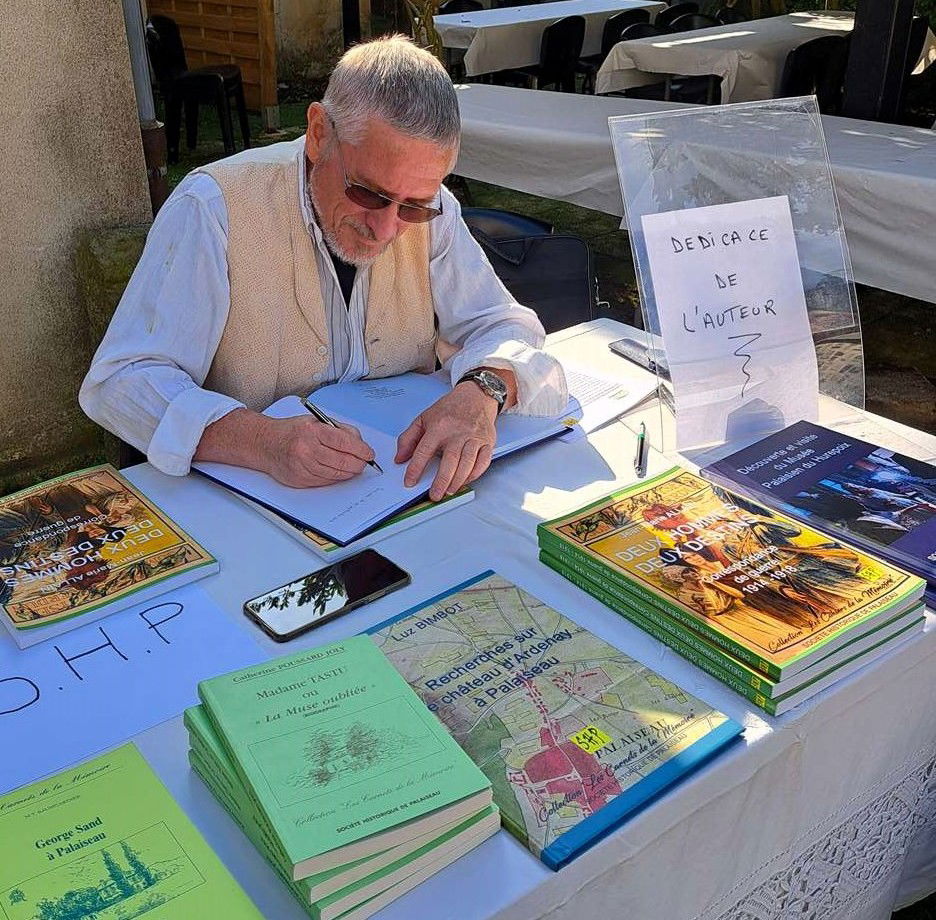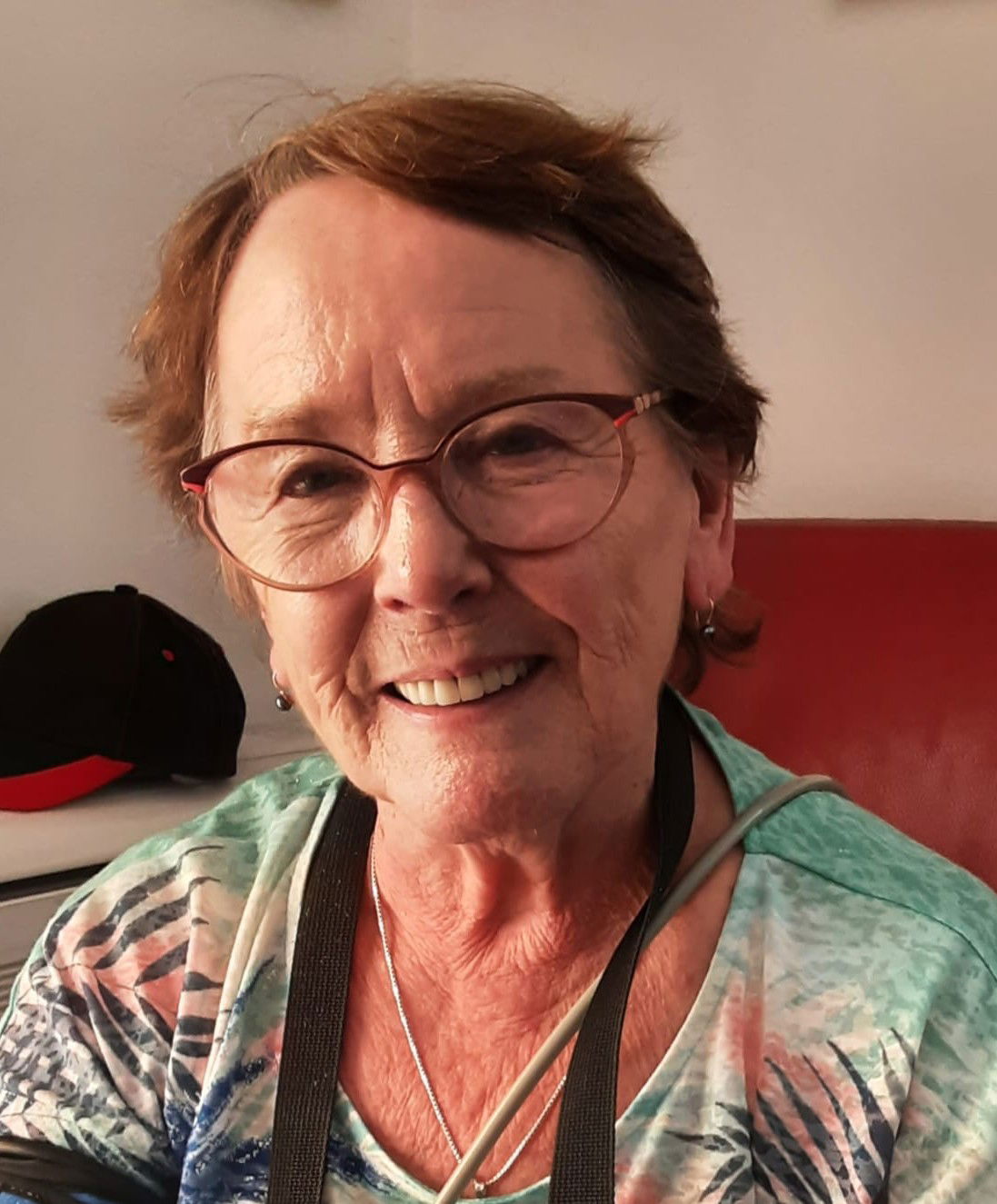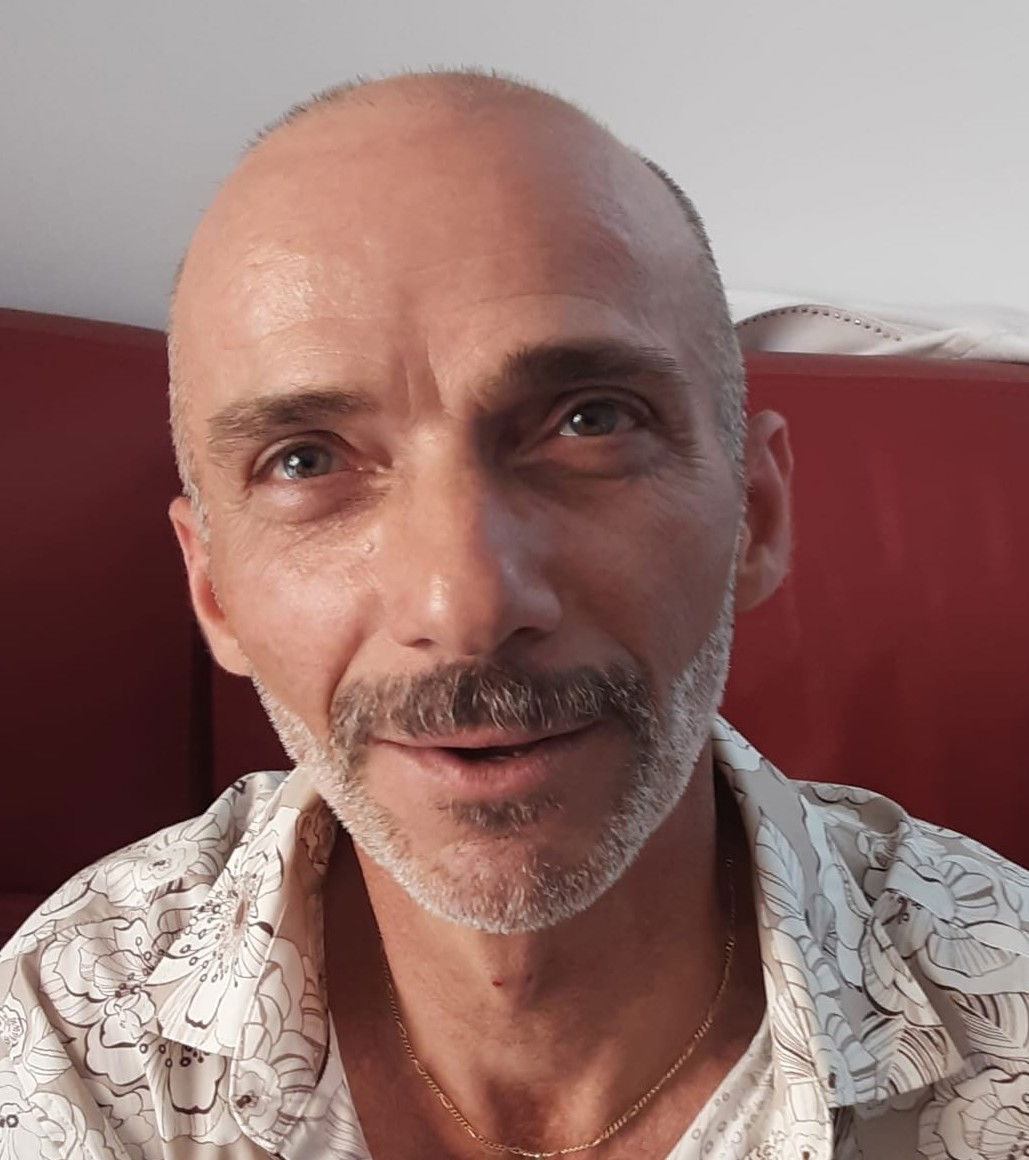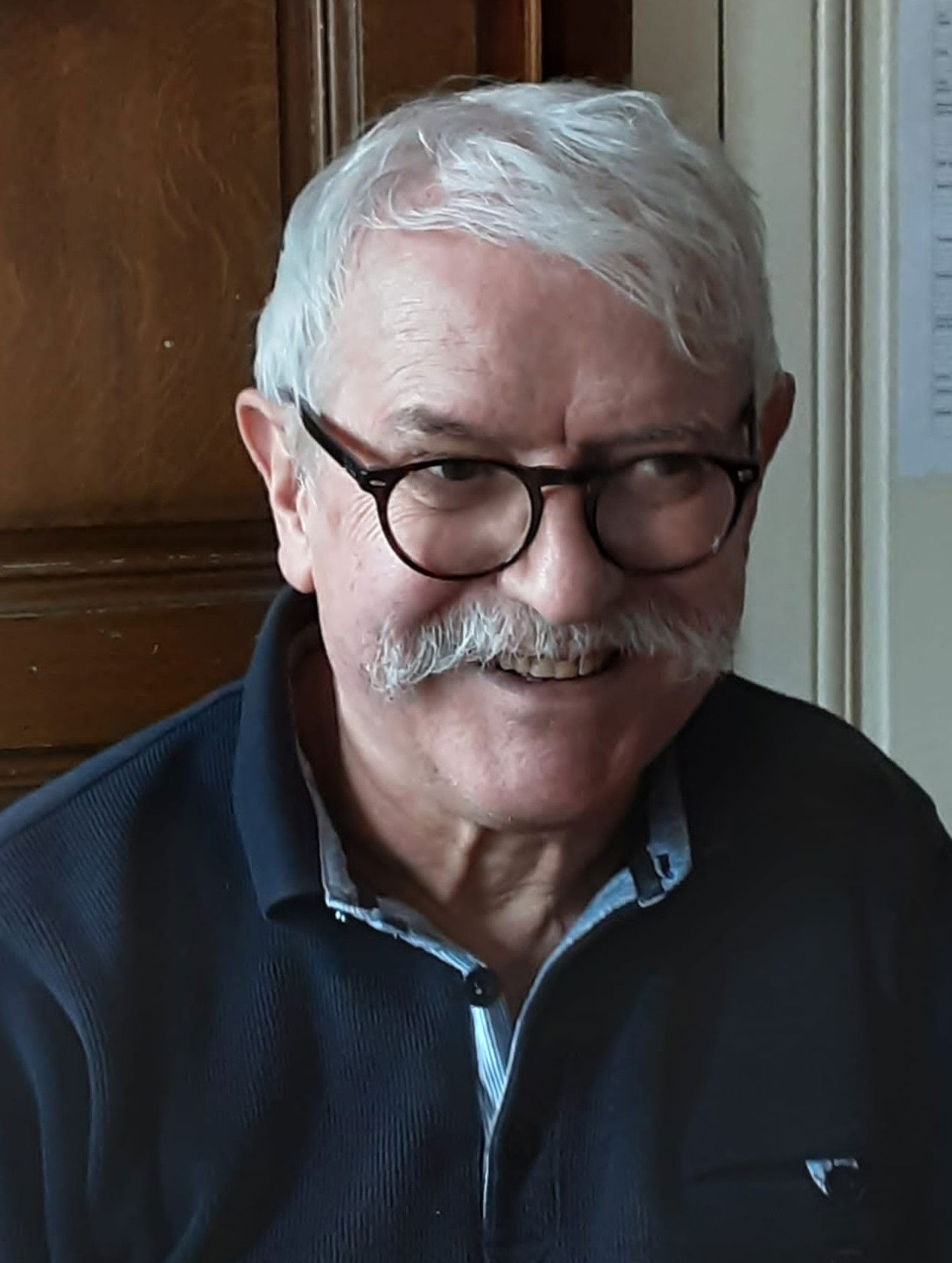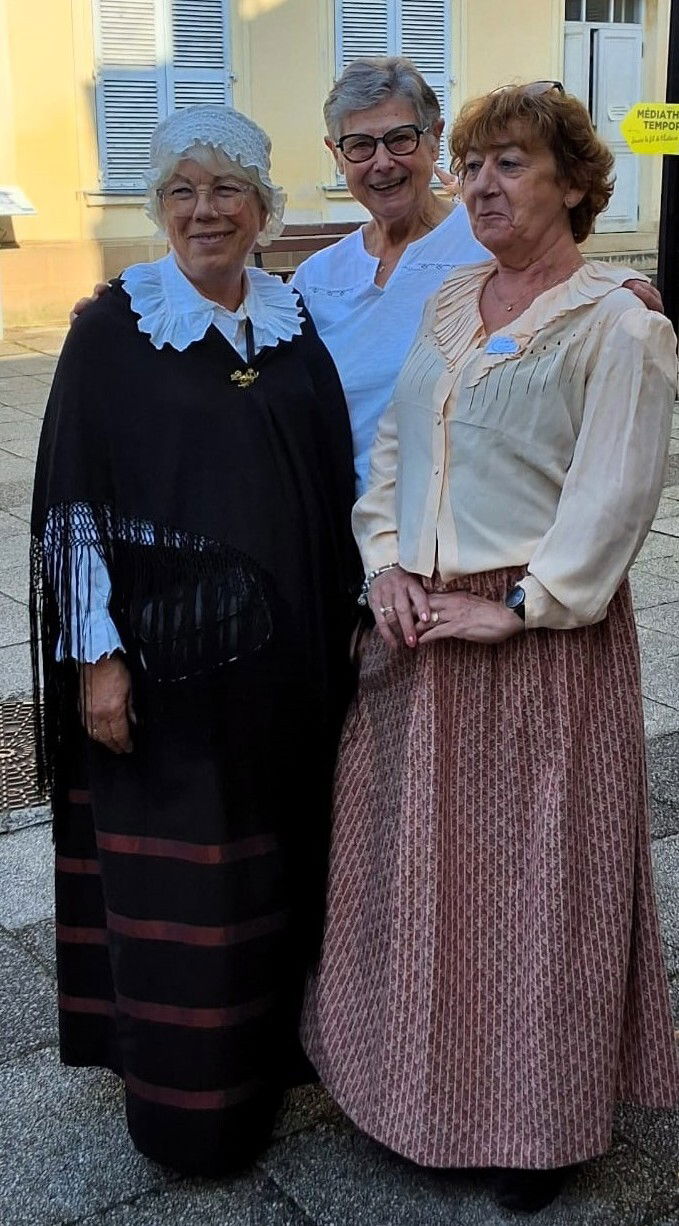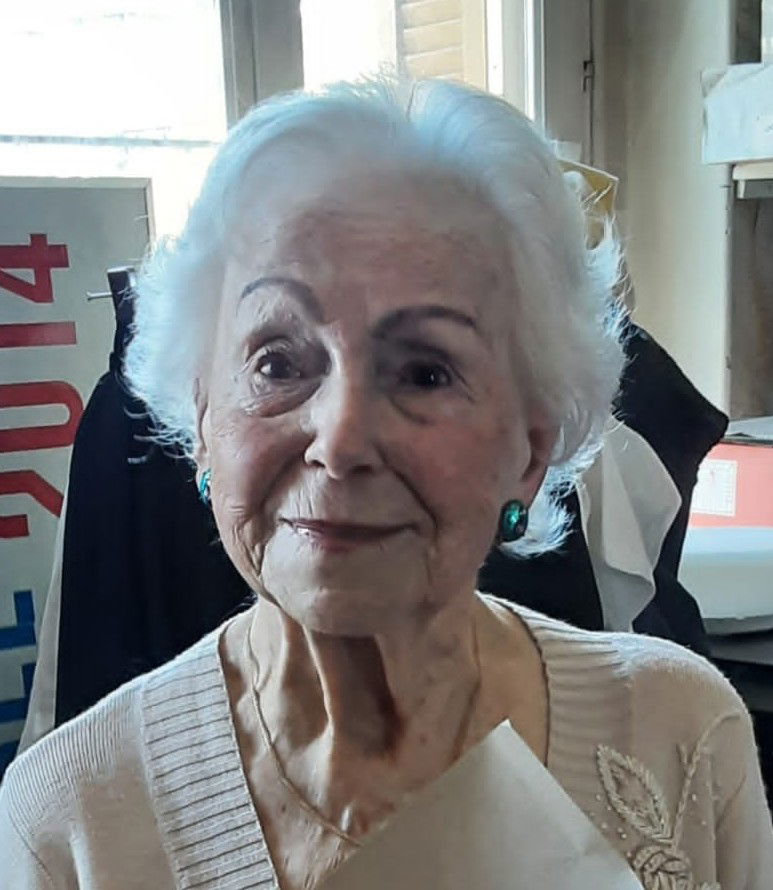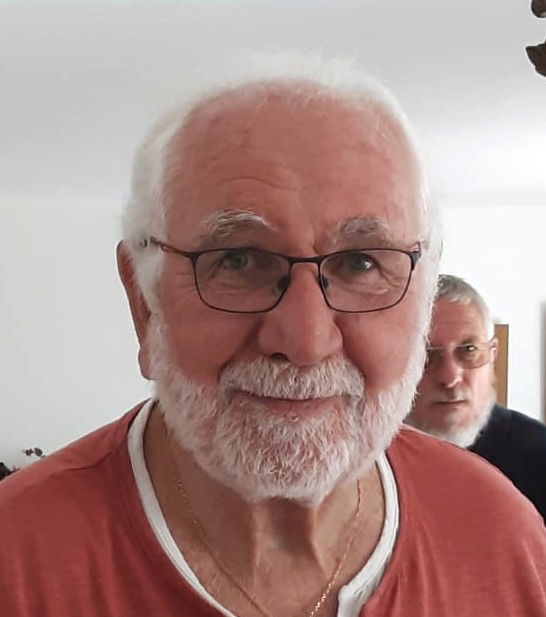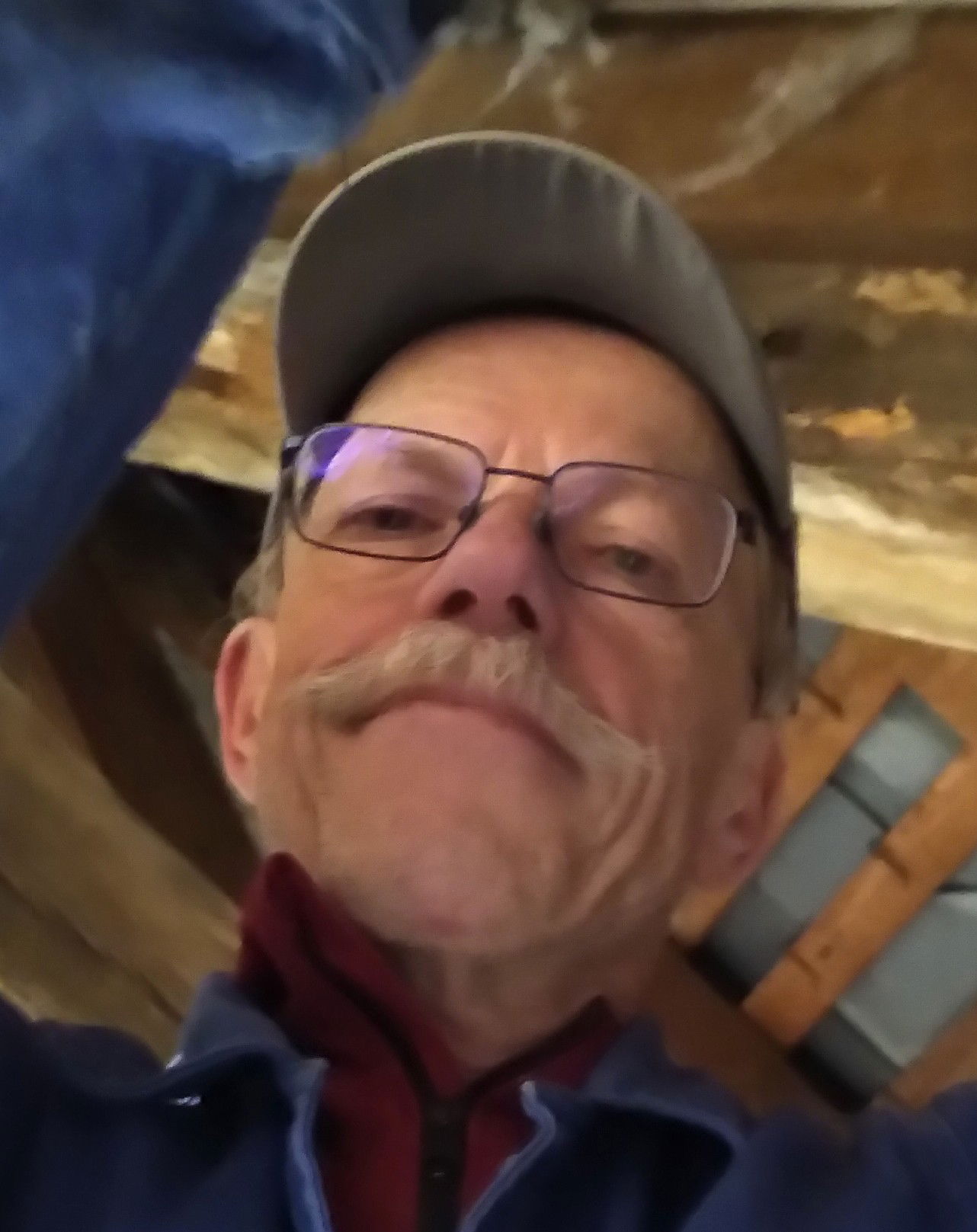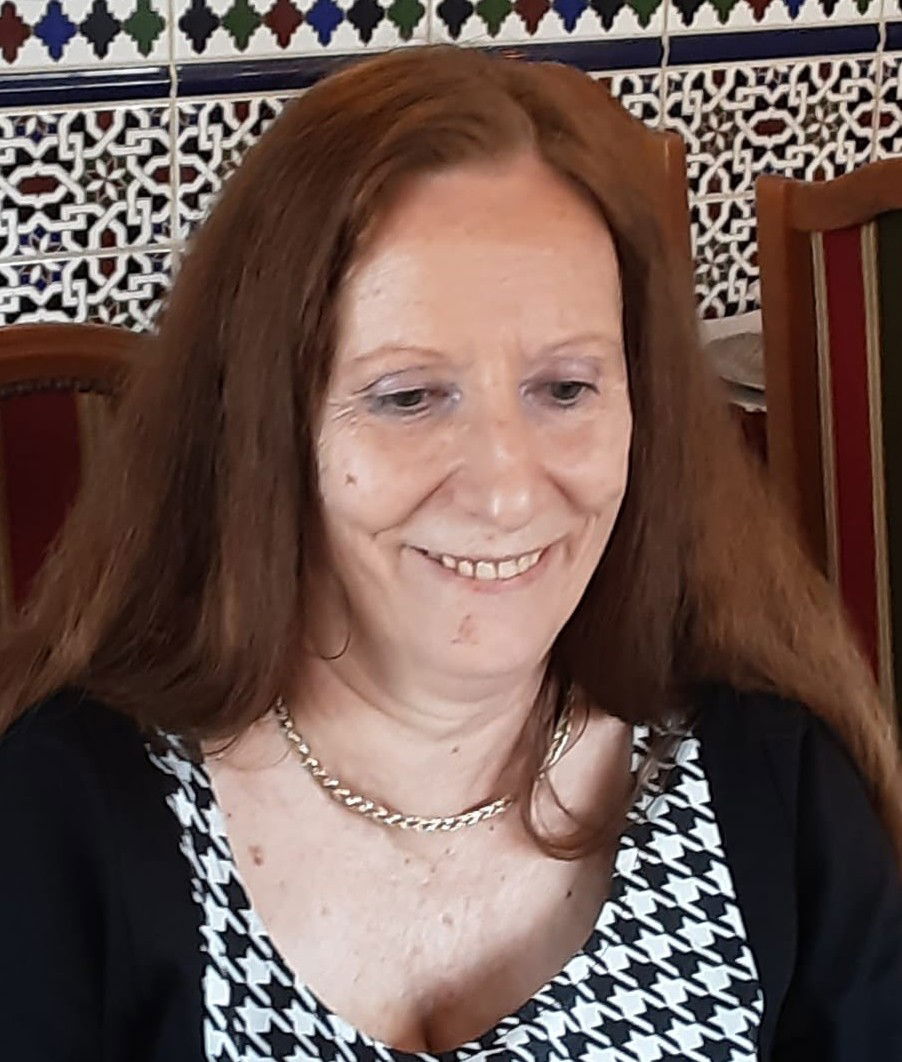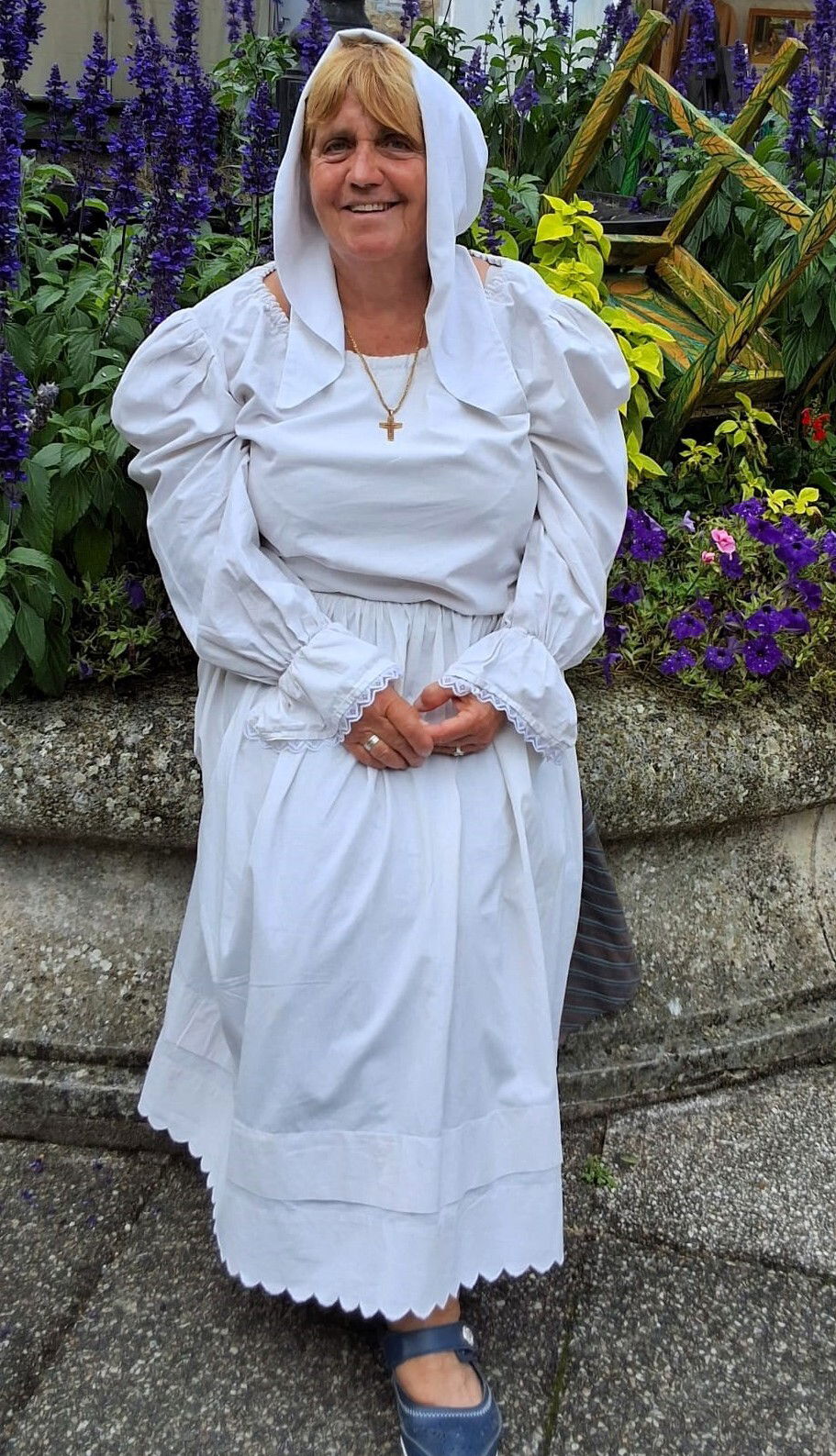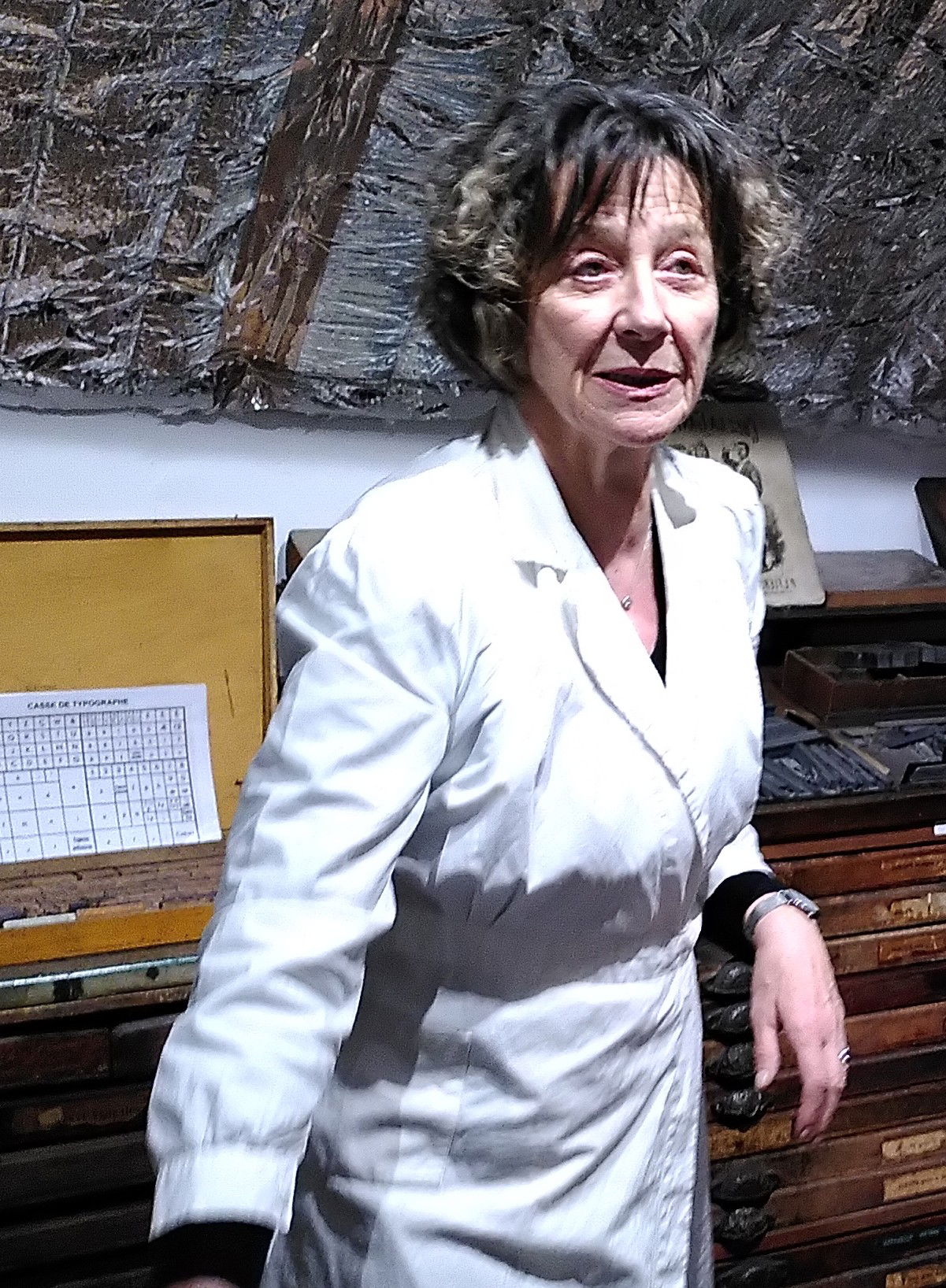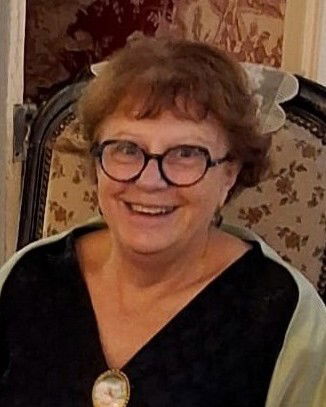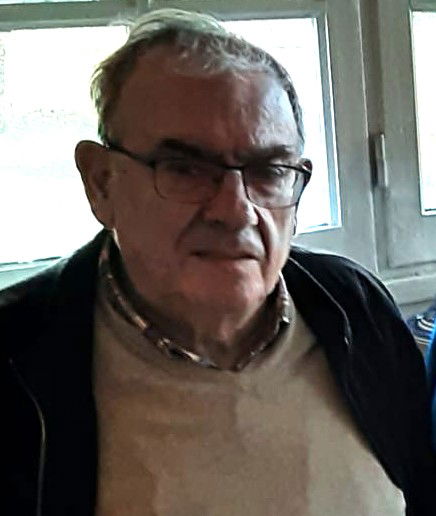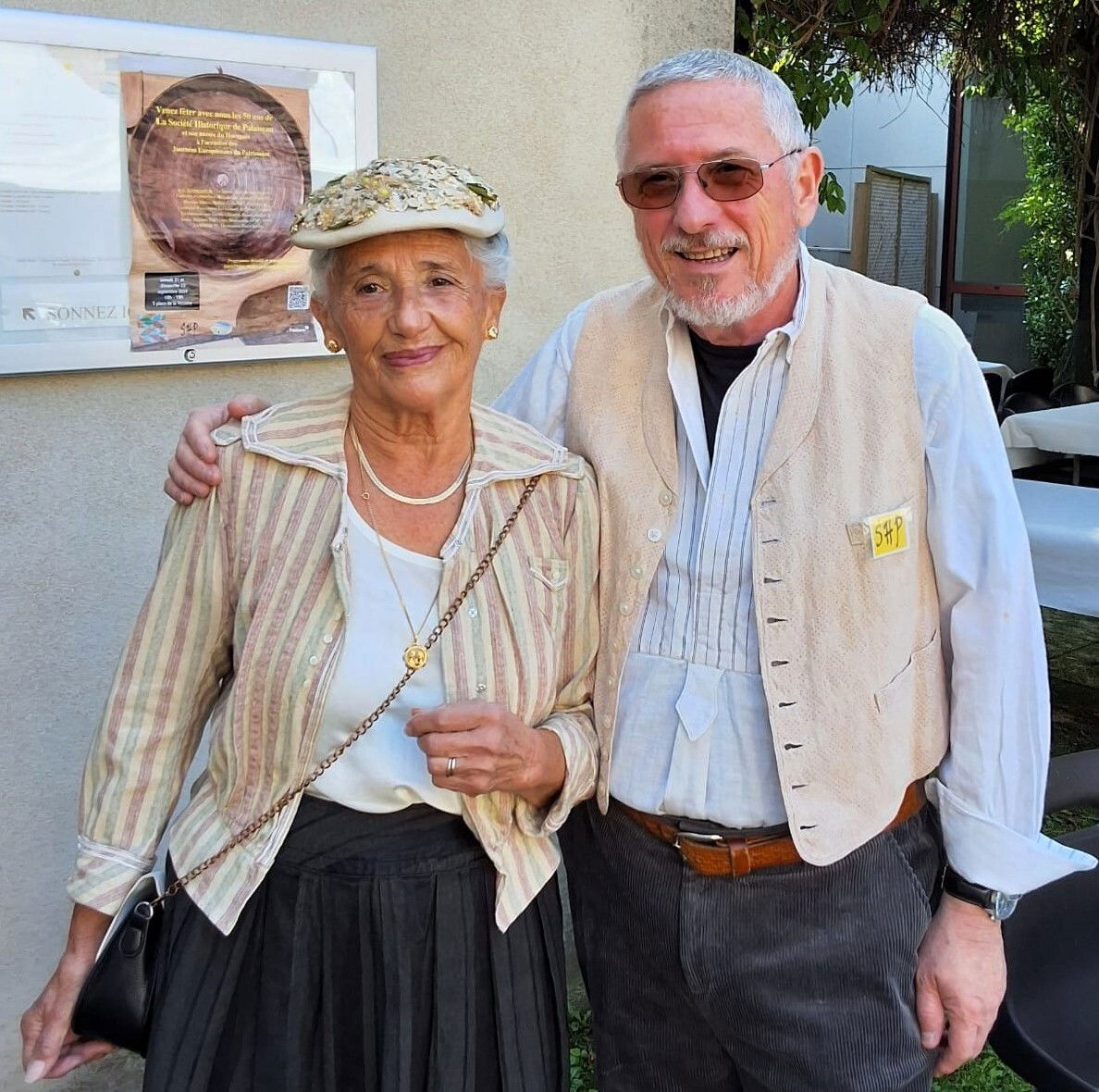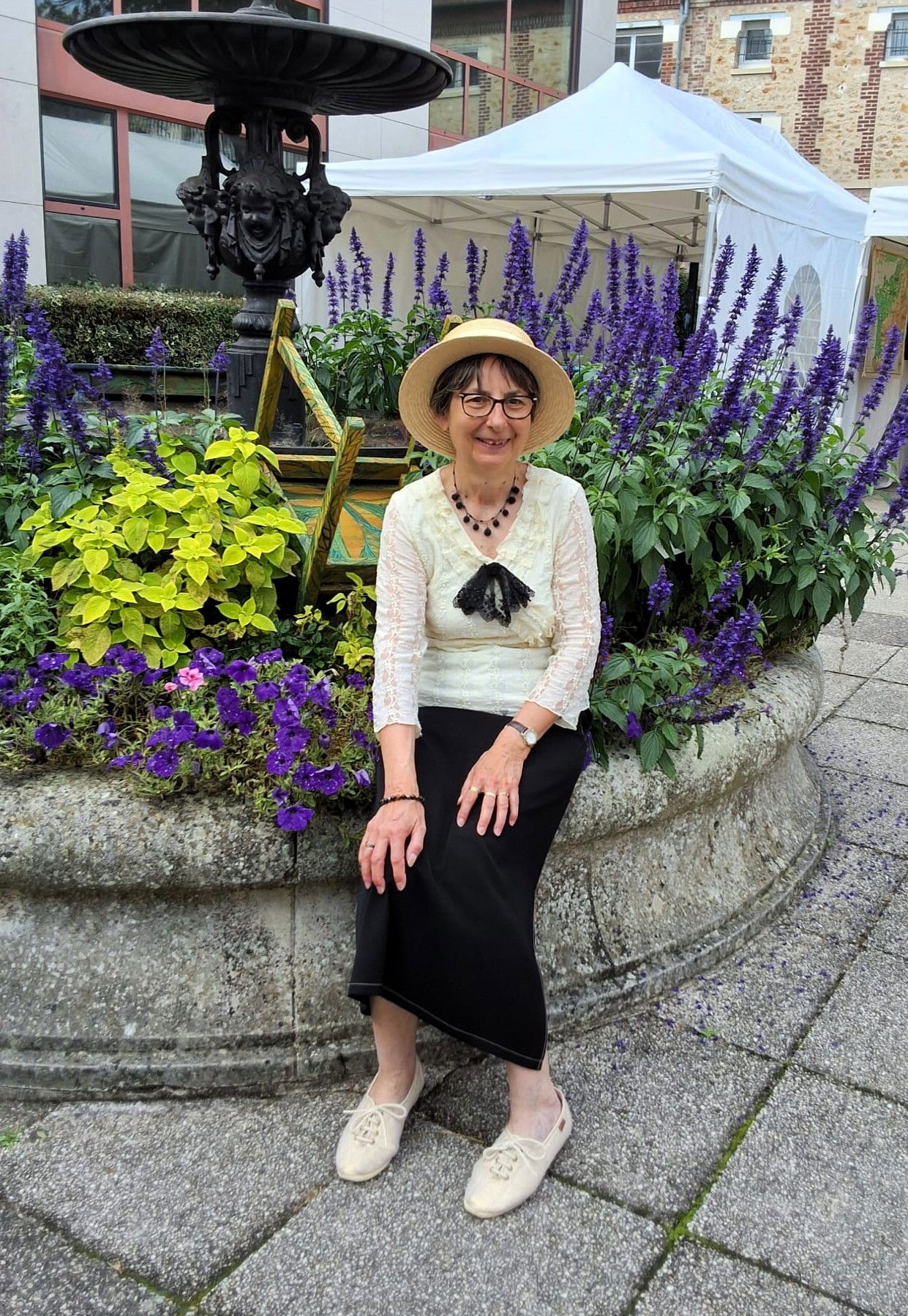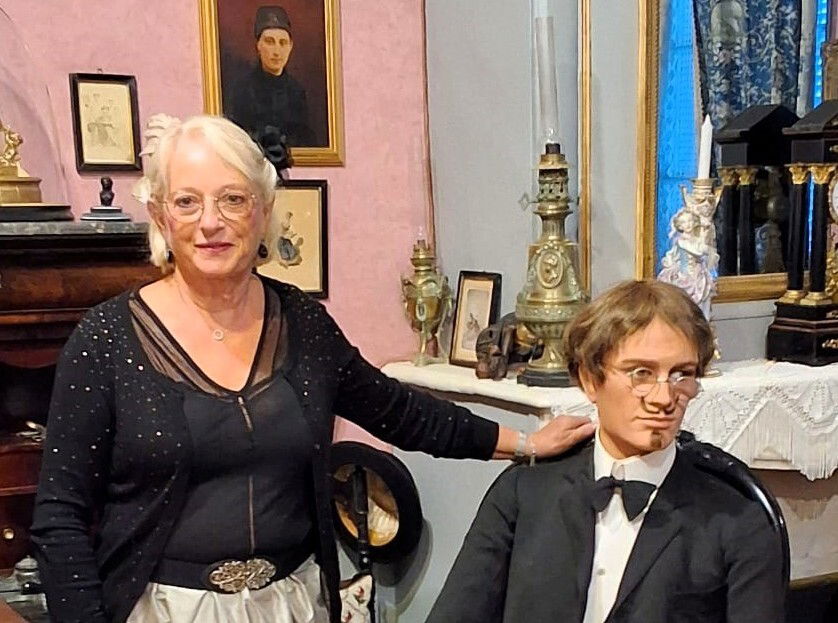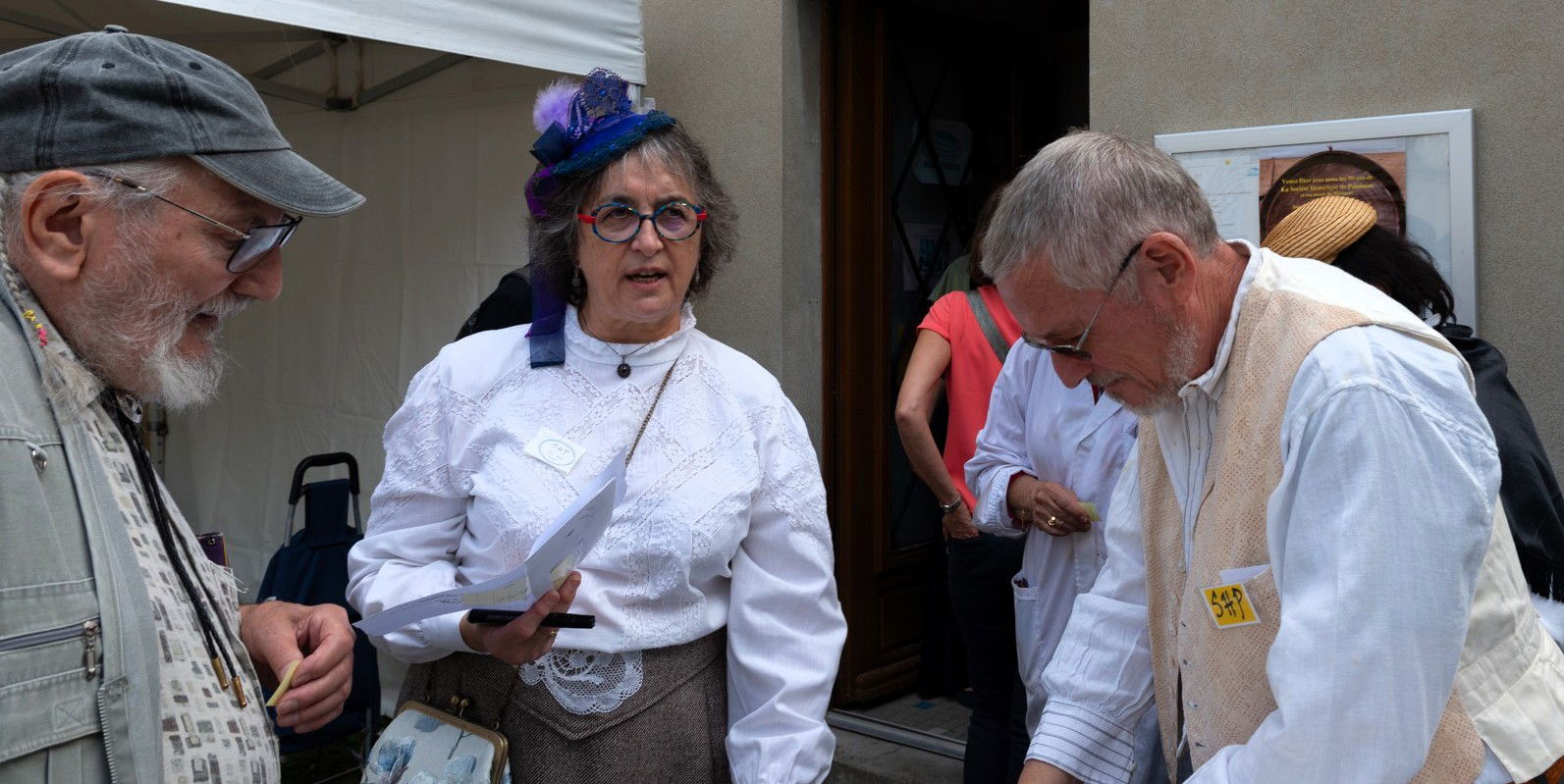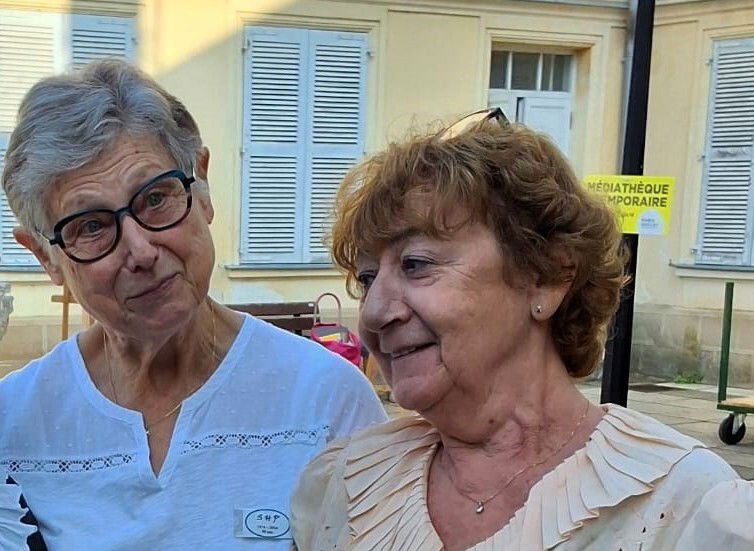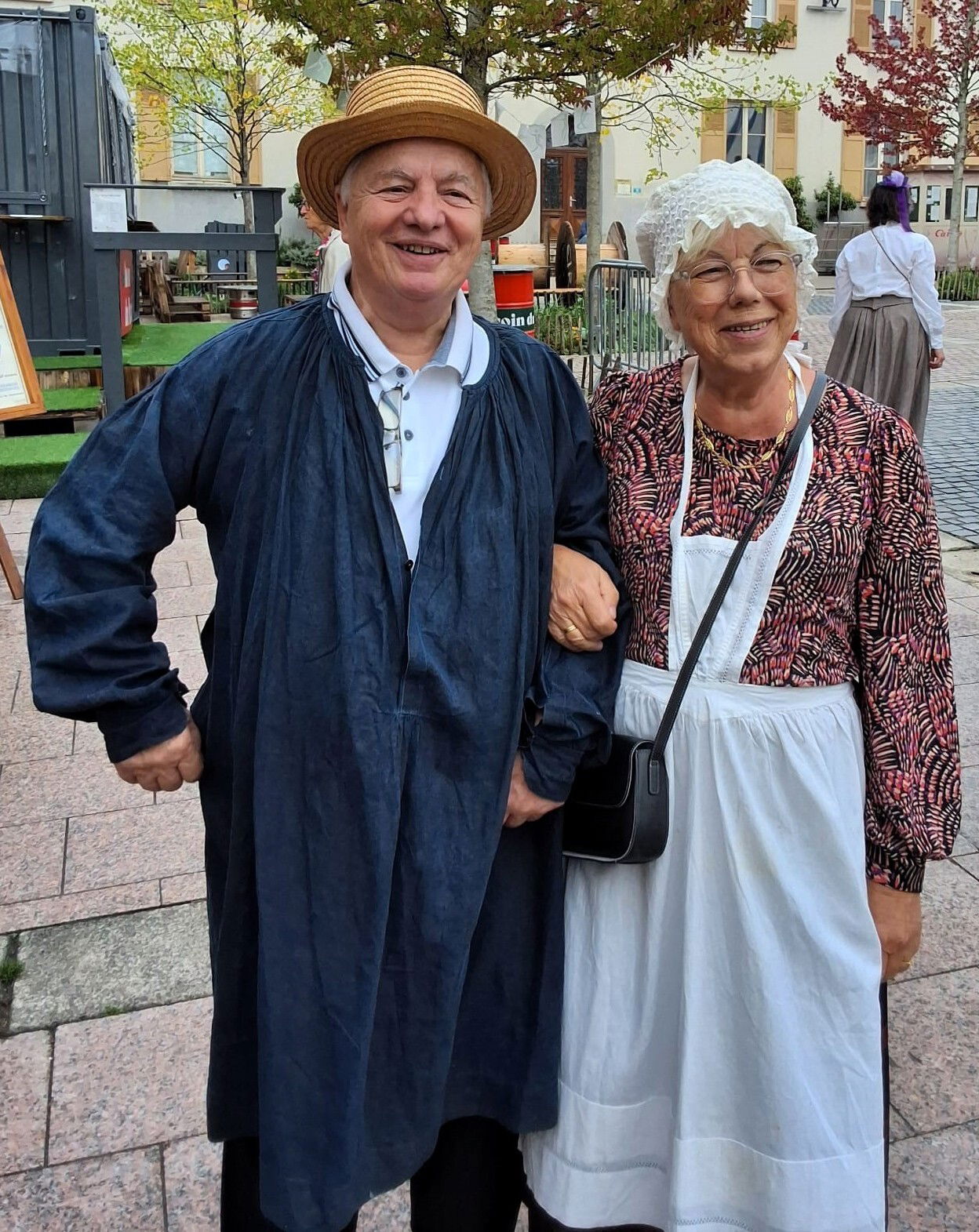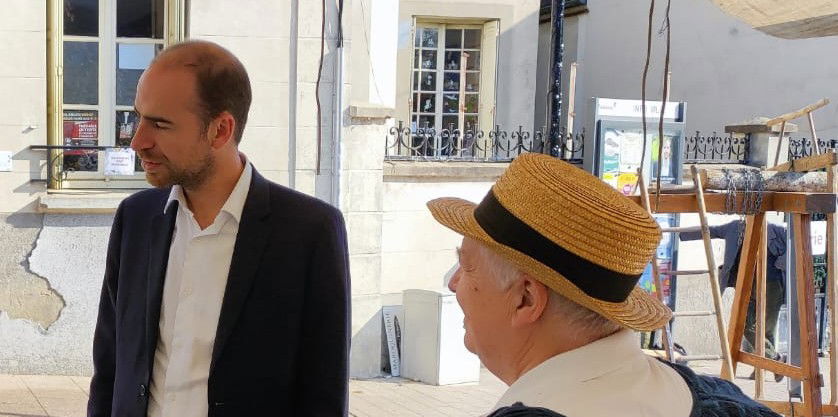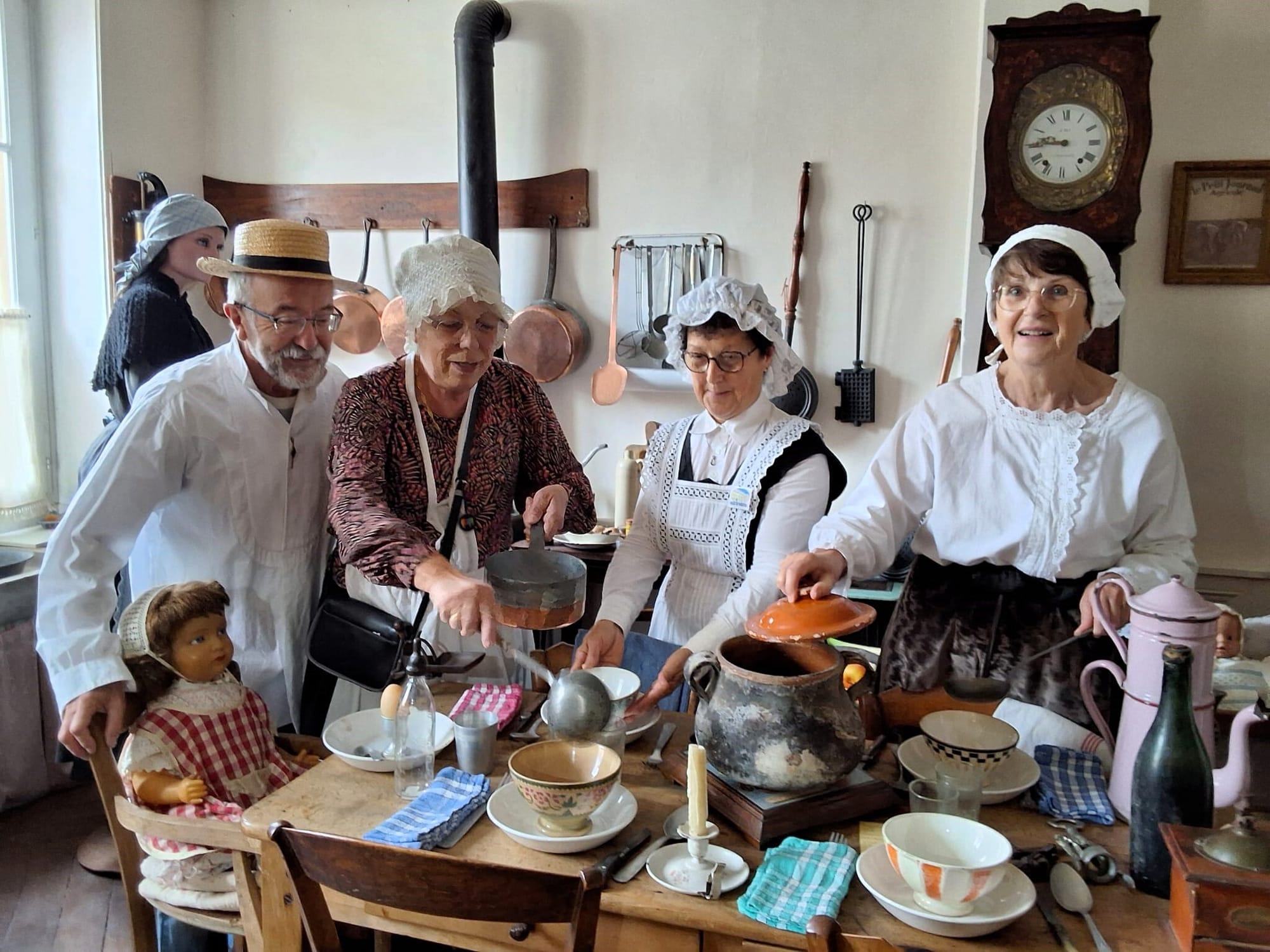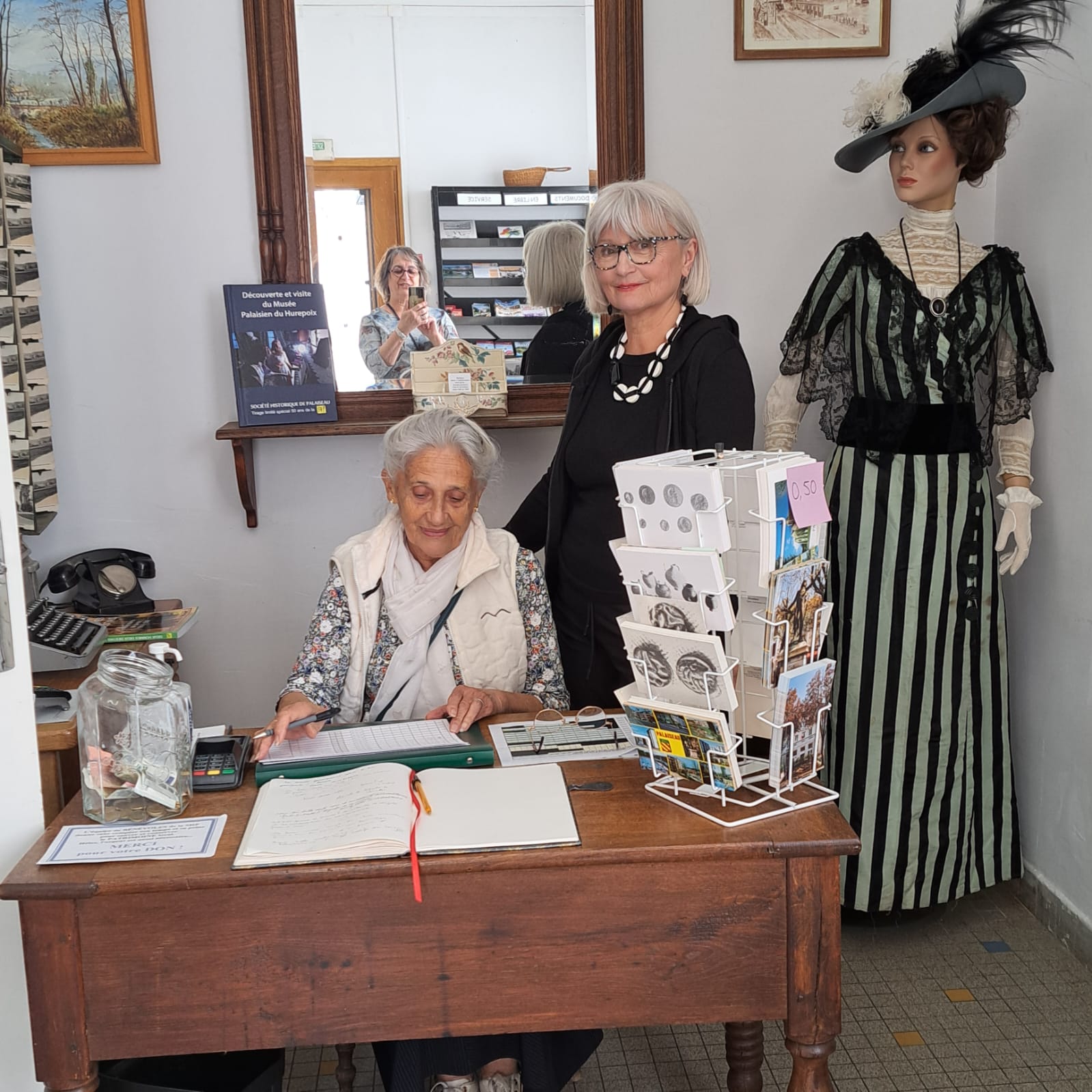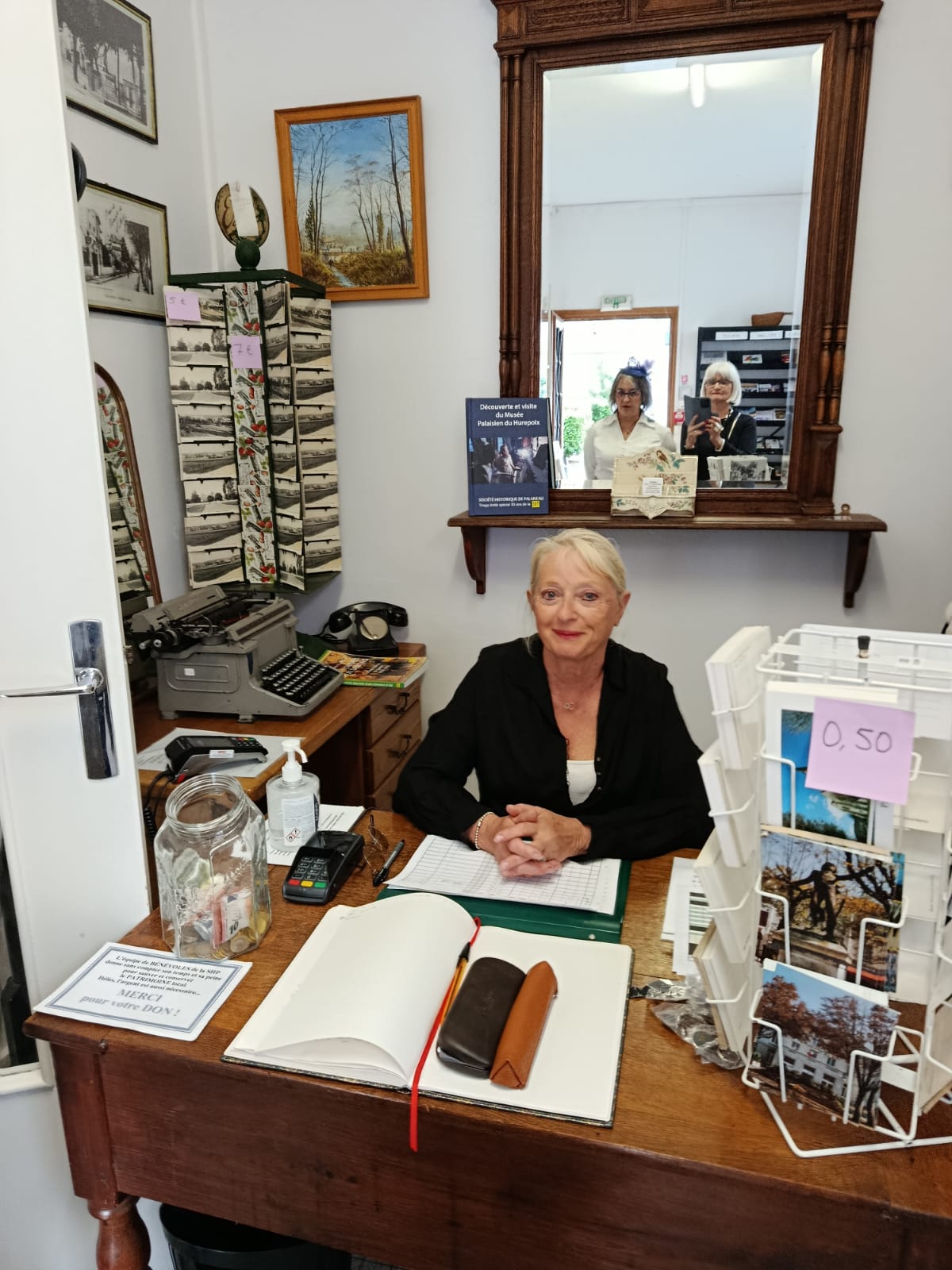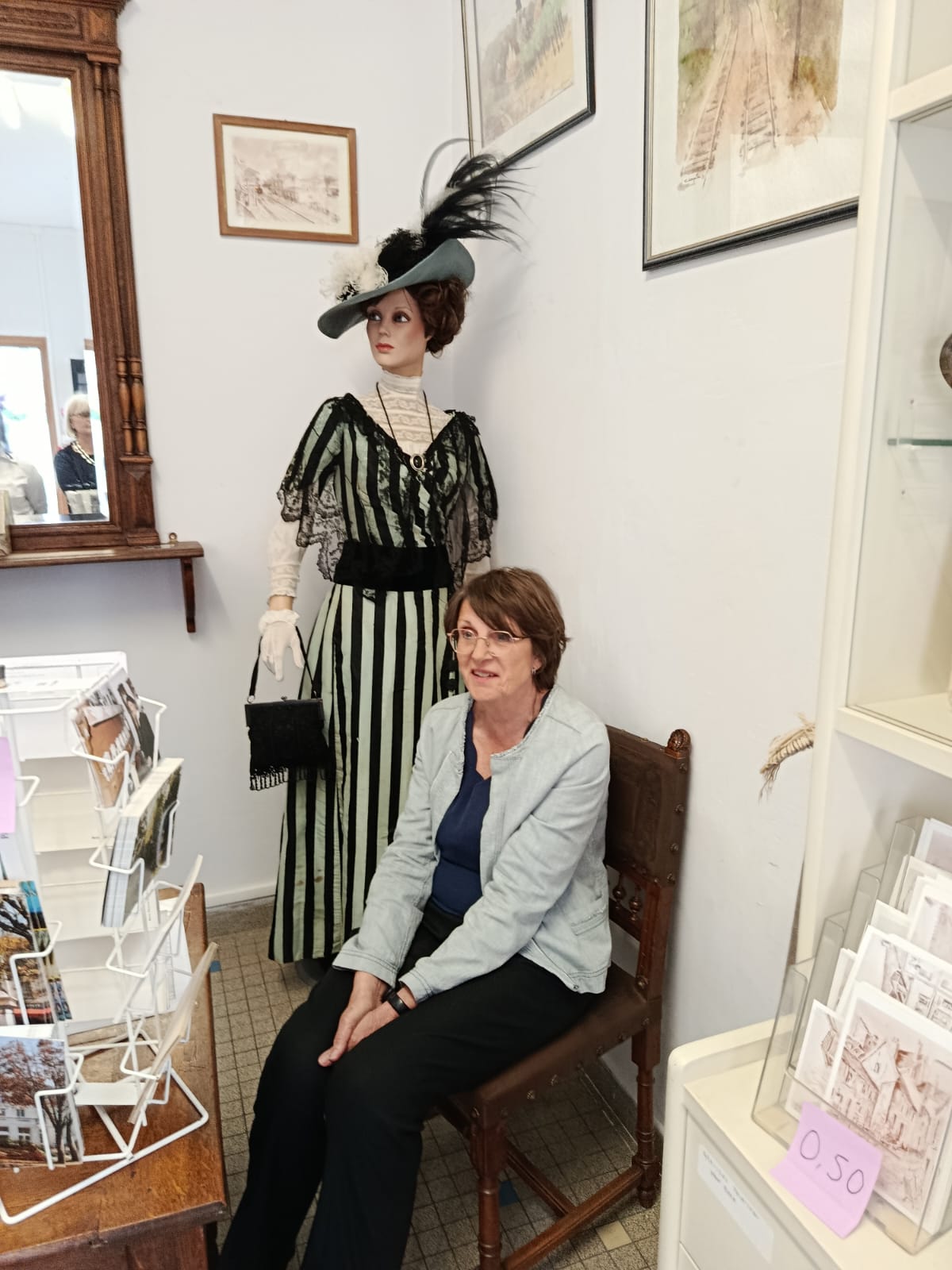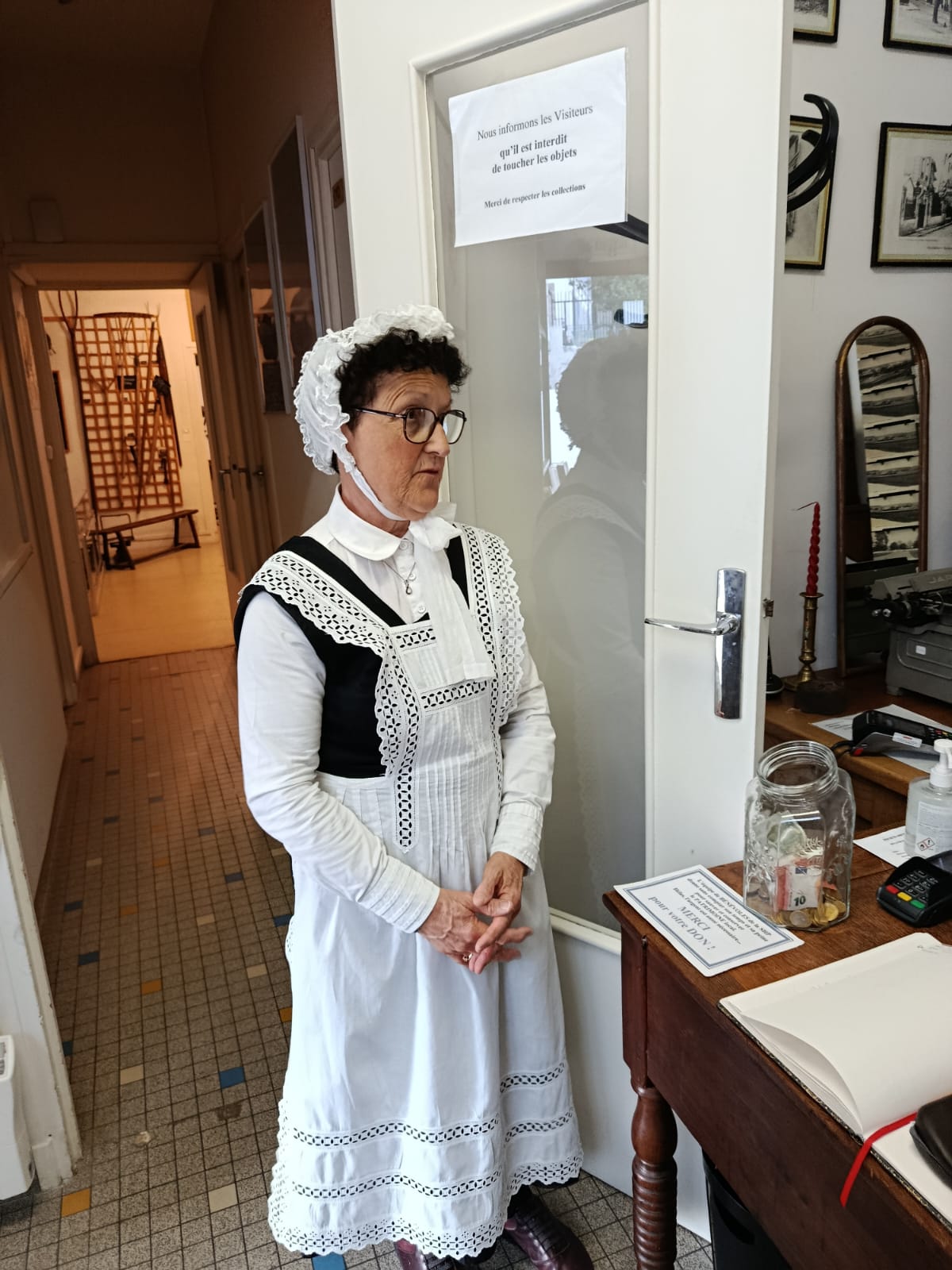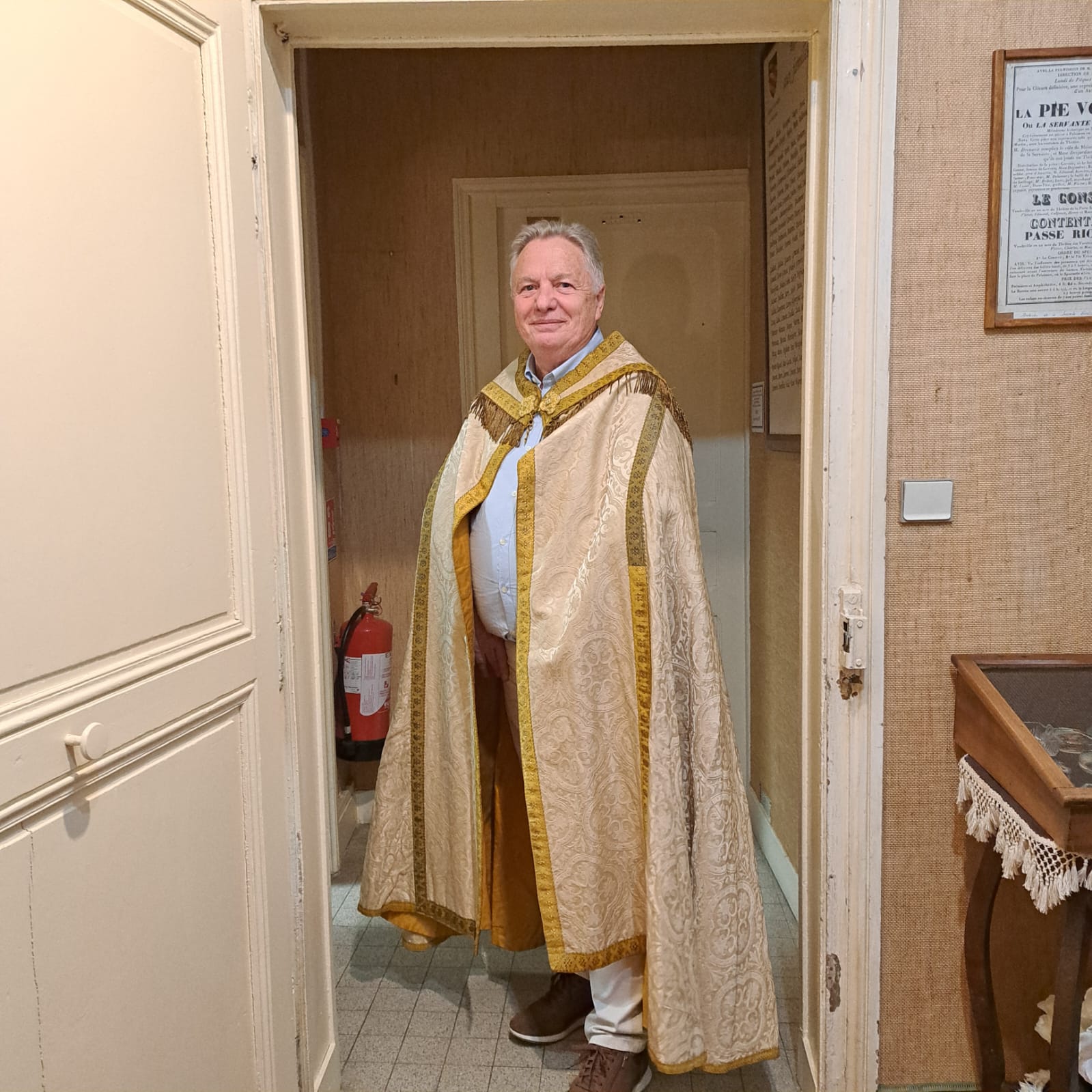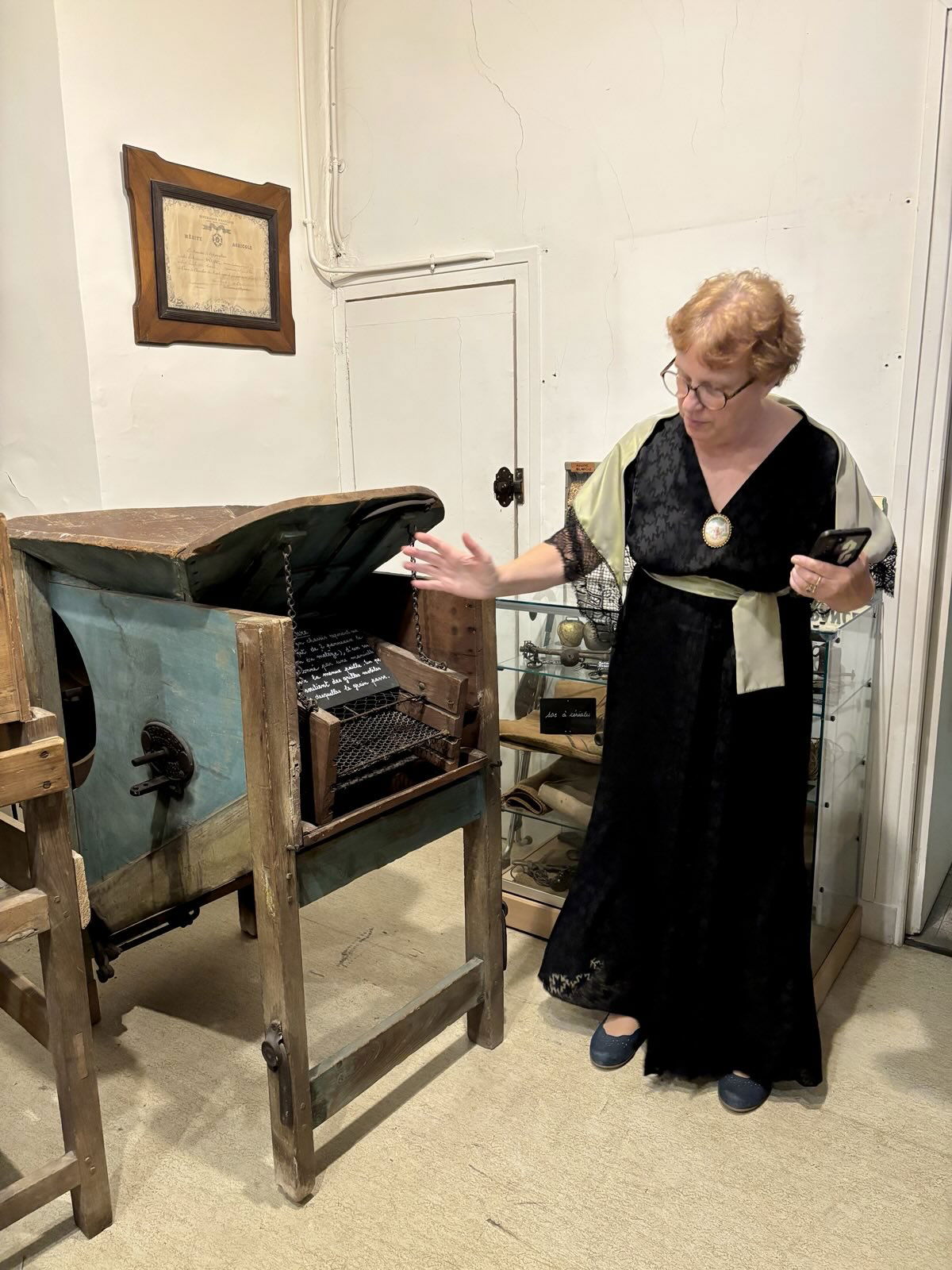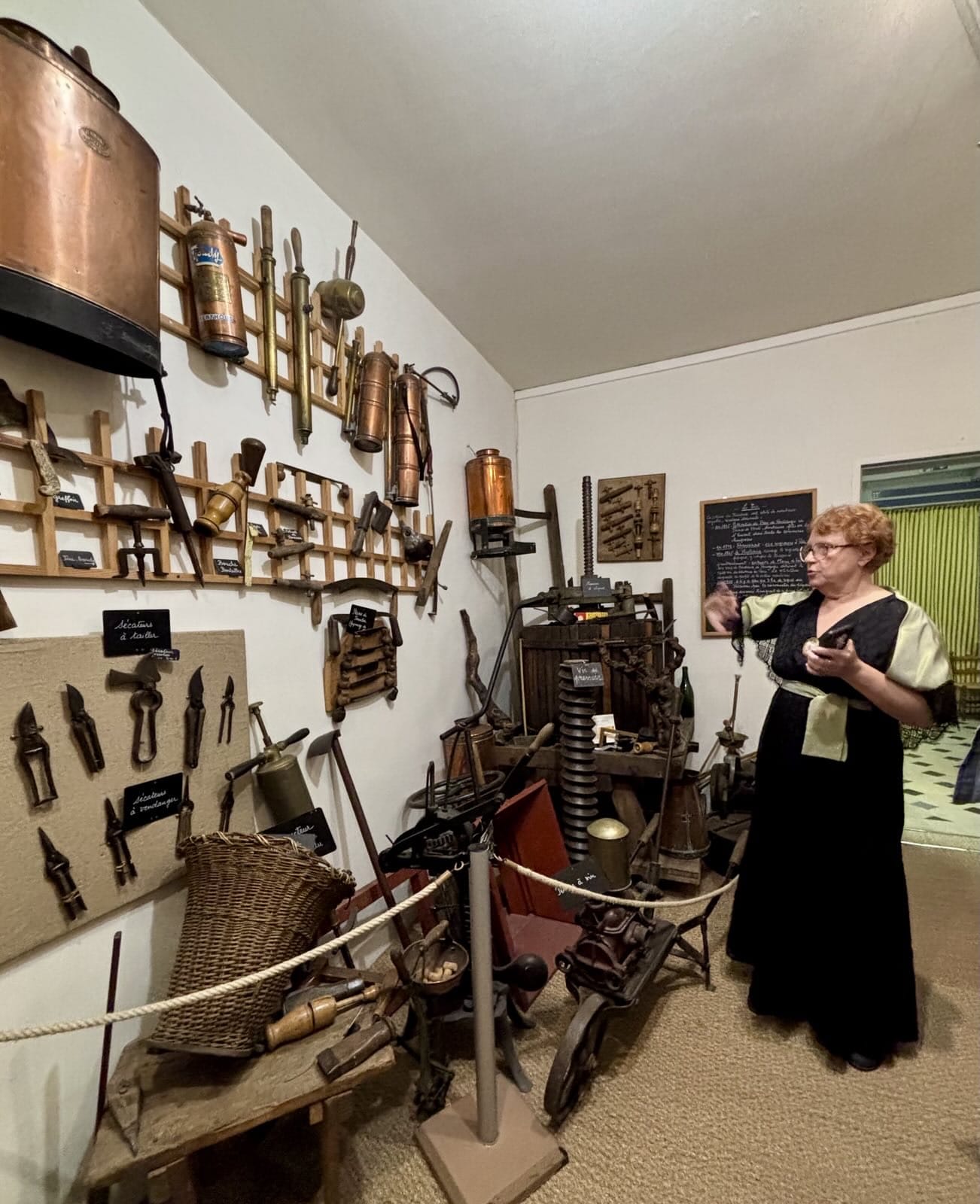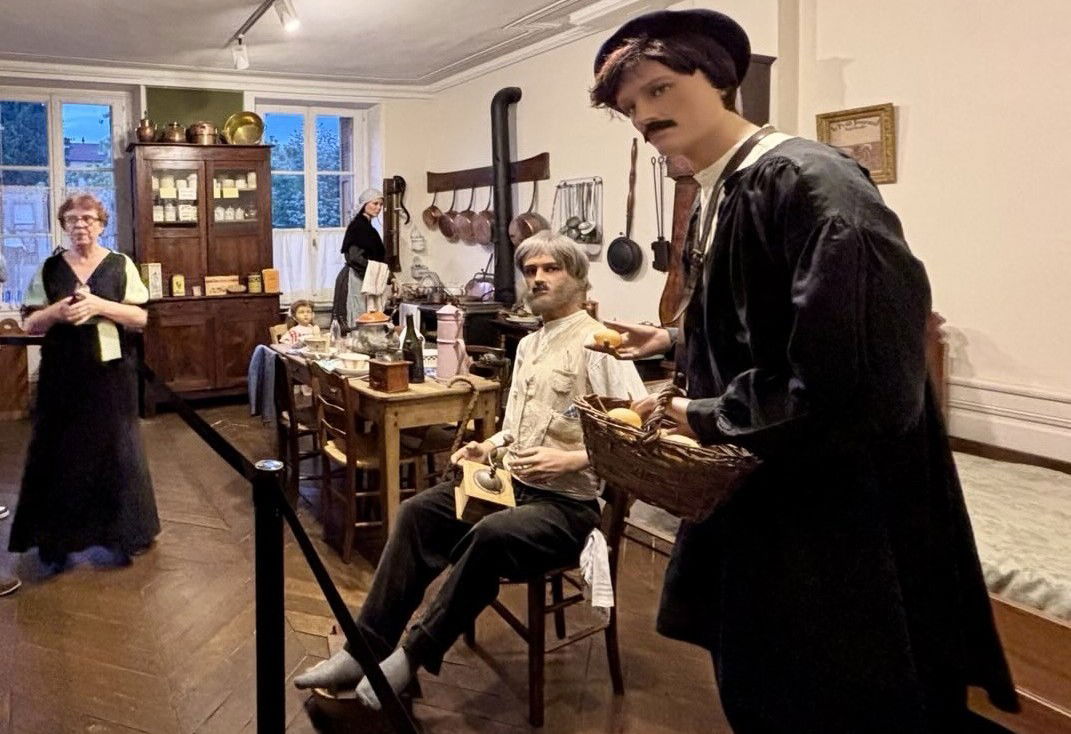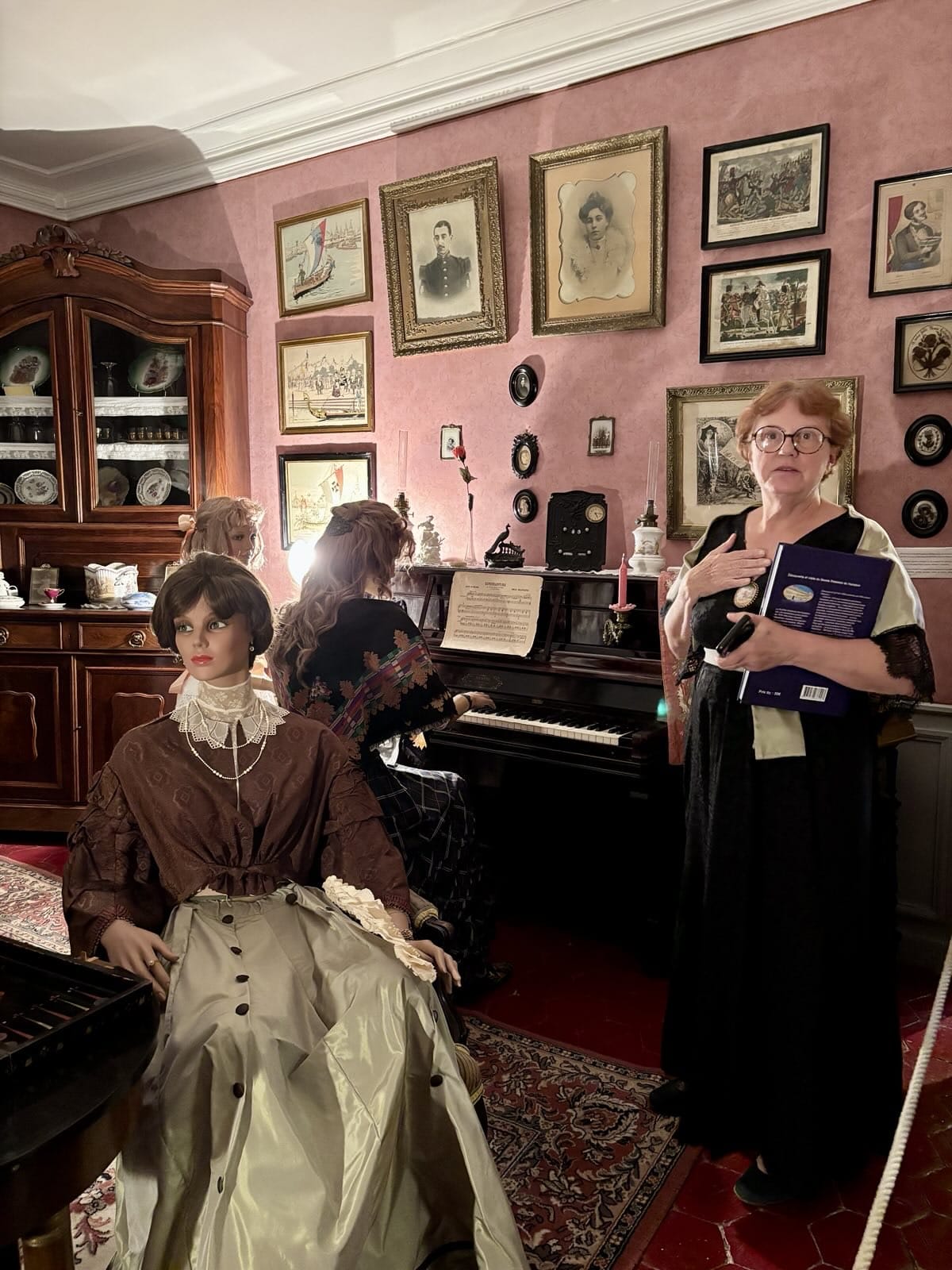Le Musée Palaisien du Hurepoix est un trésor de l'Art et Tradition populaire. En offrant une visite sommaire, ce musée vous invite à explorer un évantail fascinant d'objets et d'oeuvres représentatives de la culture du Hurepoix. Du mobilier ancien, des costumes traditionnels aux outils artisanaux, chaque pièce raconte une histoire et révèle les modes de vie d'antan. Une immersion totale dans le patrimoine culturel qui ravira les petits et les grands amateurs d'histoire et de traditions.
C'est en voulant préserver le souvenir de leurs grands-parents et parents que d'anciennes familles de Palaiseau ont donné, à la Société Historique de Palaiseau (S.H.P.), les vieux outils, les matériels agricoles, les objets, les vêtements leur ayant appartenu, vite suivies par les familles des communes voisines et plus largement du Nord-Hurepoix.
Les Anciens ont aussi "raconté" les us et coutumes, les gestes, les expressions oubliés. Tout cela doit être mémorisé. Depuis plus d'un quart de siècle, c'est avec passion que les membres de la S.H.P. ont sauvé de la destruction et patiemment nettoyé, restauré et répertorié toutes ces trouvailles
Dès 1985, l'abondance des objets apportés par la population pour en garder le souvenir est telle que l'idée de les exposer au public se fait jour. En 1989, l'exposition "Les Palaisiens en 1900" et en 1990, l'exposition "Mémoire Vivante" connaissent un vif succès.
C'est à partir de 1991 que les collections de la S.H.P. prennent une vraie dimension et sont présentées "en situation" au public sous le vocable "Musée Palaisien du Hurepoix" dans l'hôtel Brière dont le style et la situation au centre ville, se prêtent admirablement à sa vocation de faire revivre la vie au bourg et à la campagne, à la charnière des 19e et 20e siècles, dans tous ses aspects.
Grand merci aux fondatrices de la SHP et du Musée, Liliane Marceau et Jacqueline Dubuisson
Les espaces du musée
Interior peasants
Several generations are gathered around a table set for a frugal meal. We can see there the means of heating: stove with wood or coal, heater, basin, monk and bricks.
Agricultural material
You can also see various planters and seeders. Plow, harrow and a whole set of agricultural tools.
Earthenware from Creil and Montereau
The adventure of these factories began in the 18th century to compete with English earthenware. They joined forces in 1840. In 1895, the Creil site closed and in 1920, the Creil et Montereau group was taken over by the owner of the Choisy-le-Roi factory under the name of HBCM.
The bedroom
Curtain bed, rocking cradle. On the dresser the portraits and family memories and protected by its glass globe, the bride's bouquet loaded with all its symbols.
After the baptism reception in the garden
This scene is composed to present the bourgeois costumes of the time.
The bourgeois living room
All the furniture is from the region, period objects and costumes.
The jet ornaments
It was in the second half of the 19th century that jet was widely used, especially in mourning jewelry: necklaces, earrings and shoes, brooches, bracelets...
The milliner
The milliner makes and sells hats made of felt, straw, various fabrics and adorns them with flowers, feathers or ribbons.
The washer
Many washhouses were spread out along the Yvette and in various districts, thanks to the small streams (rus) which crossed the town.
the furrier
The furrier receives the skins already tanned, he softens them before working them. Here, glass eyes making the different animal heads he made more real.
The end ironer
We entrust him with fine lingerie. She does her job at home.
the haberdasher
There is a whole lot of small and varied material that is necessary for sewing, embroidery and mending. Threads and buttons, darning eggs for socks and stockings, hooks, needles, dice...
The sewer
The seamstress has a choice of fabrics and makes clothes ordered by individuals.
The tinker
A tinker is a craftsman who repairs metal objects, including kitchen utensils. He is often itinerant.
The glazier
He walks through the streets with his carrier on his back and shouts the famous cry "glazier, glazier!
The butcher
Butchers were originally in the habit of melting tallow and of dealing in charcuterie and tripe. It was only successively that these industries were separated, particularly in Paris.
The hairdresser
Craftsman whose job is to arrange the hair by combing it, cutting it, curling it... Other names and associated trades: barber, barber-wigmaker.
The printer
Lead character cases. Evolution of a layout, composters, forms, typographical bridge. Numerous engraved negatives, characters and wooden stamps, some having been used to print the posters presented from the important Imbault donation, a dynasty of printers in Palaiseau since 1866. Some lithographic stones.
The photographer and the cinema
This room is scalable and tells the story of photography through cameras, the photographs themselves and all the equipment necessary for the practice of photography.
The Watchmaker
In the past, the watchmaker fashioned the smallest part by hand. You will be able to see a presentation of pocket watches and necklaces.
the saddler
The saddler works the leather. He sells and repairs collars, harnesses for hitching horses. He also shapes numerous leather objects, bags, belts, straps and school satchels.
The steel engraver
In Palaiseau there was a steel engraver who disappeared during the First World War. The engraver prepares a model, first with molding in nickel silver, an unalterable alloy of copper, zinc and nickel which imitates silver, or else in plaster, which he submits to the goldsmith, the latter places an order with him and our engraver makes the mold for the object ordered.
The shoemaker
The shoemaker sat on a small bench, with his leather apron, the sleeves of his shirt rolled up to the elbows and the palms of his hands covered with a piece of leather allowing him to pull forcefully on his ligneul (thick pitch-coated thread for the use of shoemakers.
Carpenter
The carpenter works on his workbench equipped with a vertical press, surrounded by his many tools.
The basket maker
The basket maker works the wicker, shapes it to make baskets of different shapes, needed by market gardeners to package their produce. Baskets with strawberries, cherries, potatoes, green beans, violets. Carrying baskets, fleins, hoods for transport, beehives.
The sport
On this board, you have various objects concerning the sport. You have two cyclists. The man's bicycle has wooden rims and fenders. This bike is very old between 1890 and 1910.
School
In this space, a classroom has been reconstructed, where we can observe the students with their teacher.
toys
This room is dedicated to old toys. They are very varied, the oldest dating from the 19th century, croquet games, puzzles, games of goose and checkers as well as the game of cubes, ancestor of the puzzle. We can see and admire lead agricultural tools, they are rare and precious, as witnesses of machinery used in the 19th and early 20th centuries.
The nurse
The profession of nurse as we know it was developed by two extraordinary women: Florence Nightingale and Valérie de Gasparin.
The War of 1870
Lithograph by Mr. Draner, raffle numbers, a replacement treaty dating from 1869, and other objects and documents relating to this period.
The war of 1914-1918
The "General Mobilization Order" poster, military instruction handkerchief no. 8, poilus' helmets, Prussian army helmets, numerous testimonies of "trench art" and other objects bearing witness to this period.
The war of 1939-1945
The deportee's uniform, with the prisoners' identification mark, allowing the reason for their incarceration to be known, helmets, etc.
The rural guard
The rural policeman, whose origins date back to the Middle Ages, is a territorial agent responsible for ensuring safety and law enforcement in rural areas. He also served as a town drummer, announcing information to the population. He could be heard shouting "notice to the population."
The model room
This is a donation made on a scale of 1/100th. Several districts of the old Palaiseau are presented. These models are made with a very precise sense of reconstruction, from plans and various archival documents.
The posters
A large collection of posters, most of them from the "Imbault" collection, a family of printers in Palaiseau since 1866. These posters are currently being mounted on canvas to preserve their conservation.
5, place de la victoire
91120 Palaiseau
- les mardis et jeudis après-midi et les 3e samedis après-midi de chaque mois
(si férié ou vacances scolaires, se renseigner 01 69 31 45 70)
à compter d'octobre, le musée sera ouvert
- les mardis et jeudis après-midi et les 1e et 3e samedis après midi de chaque mois
- les groupes (10 personnes minimum), uniquement sur rendez-vous, quel que soit le jour de la semaine
Horaires des visites :
de 14 heures à 18 heures (dernier départ à 16 heures 30)
Les visites sont guidées
Prices
Adult
- 1 Adult Entry
Accompanied child from 7 years old
- 1 Child Entry
Group of 10 Adults minimum
- 1 Adult Entry
School
- 1 child entry
Evènements à venir
VILLAGE DES ASSOCIATIONS
samedi 6 septembre 2025 de 10h à 18h
Le musée tiendra son stand à l'entrée du musée, 5 place de la Victoire à Palaiseau, à gauche après le porche.
Les visites seront guidées et gratuites.
JOURNEES DU PATRIMOINE
samedi 20 et dimanche 21 septembre 2025 de 10h à 18h
Les visites seront guidées et gratuites.
Nos ouvrages
These books are published as part of the “Les Cahiers de la Mémoire” collection. To obtain one of these titles, place your order by email (musee.hurepoix@free.fr), or at the Musée Palaisien du Hurepoix.
Peut-être intéresseraient-ils le musée ?
Prenez donc rendez-vous avec nous...
Les armoiries du Hurepoix sont constituées d’un champ d’or chargé d’une croix de gueules, cantonnée de quatre alérions d’azur.
Ce blason illustre l’histoire des barons qui dominèrent la région, notamment les Montmorency, l’une des plus anciennes familles de la noblesse française, seigneurs de Montlhéry depuis 991 et premiers barons du royaume.
Ci contre, sceau de Bouchard, première lignée des Montmorency.
- de la ville de Palaiseau,
- du département de l'essonne qui propose la carte "fan d'Essonne"permettant d’accéder à des offres exceptionnelles grâce à son réseau de partenaires implanté sur tout le territoire essonnien (sites touristiques, culturels et sportifs, prestataires d’activités de loisirs, …)
Le Musée du Hurepoix vous offre
une place gratuite pour l'enfant porteur de la carte accompagné d'un adulte payant !
